The post Across the Indo-Pacific, from Alaska to Japan: Meet Agapito (Pete) Diaz appeared first on Blog.
]]>Working in a region known for its “Very High Hazard” seismic zone and marked by extreme tropical weather — including typhoons — Pete is highly skilled in effectively addressing the complexities of remote Pacific projects. From managing long lead times for materials and equipment to overcoming labor shortages driven by the ongoing military construction program to relocate U.S. Marines to Guam, Pete’s expertise continues to drive impactful projects in the Pacific region and his award-winning leadership is a cornerstone of AECOM’s operations in Guam.
Tell us about what inspired you to join the industry.
Growing up in Guam, the beaches and reefs were an integral part of my life. I have vivid memories of swimming and playing in areas full of coral and sea life, and in other areas that were impacted by pollution, yet we continued to visit and swim because being in the water was such a fundamental aspect of island life. Those experiences left a lasting impression on me. I often thought about the impact of pollution and how it could be addressed to preserve our environment for future generations. This reflection sparked my interest in finding ways to improve environmental conditions, particularly through engineering.
My focus naturally gravitated toward water and wastewater treatment — areas where I saw an opportunity to make a tangible difference. My father, a civil engineer specializing in roadway and stormwater management, also influenced my path. While I initially thought our interests diverged — his were in infrastructure and mine were in environmental preservation — I later realized how interconnected these fields are. Civil engineering, in all its facets, plays a critical role in protecting and enhancing our environment.
This realization solidified my commitment to the engineering field, where I could combine my passion for environmental stewardship with technical expertise to create meaningful change. It’s a journey that continues to inspire me every day.
What is your favorite AECOM project that you’ve worked on and why?
One of my favorite projects has been working with the U.S. Navy and U.S. Marine Corps on their drinking water compliance programs in light of legally enforceable drinking water standards in various locations, including Japan, Singapore, and Diego Garcia. These projects have been particularly rewarding because they combine technical challenges with the opportunity to travel and experience different cultures. Each location presents unique requirements for compliance, as these bases operate outside the U.S. and must comply with the Navy’s Overseas Drinking Water Program, modeled after USEPA national policy and state regulatory programs.
The complexity of addressing per- and polyfluoroalkyl substances (PFAS) to ensure that service members and their families have access to high quality drinking water, whether it’s produced locally or sourced from a host nation, is both challenging and fulfilling. It’s about bridging the gap between local practices and U.S. standards to protect human health. These projects have allowed me to apply my expertise in water systems while also gaining insight into diverse operational environments.
Traveling for these projects has been an incredible experience, taking me to places like Guam, Hawaii, Japan, and Diego Garcia. It’s inspiring to see how our work positively impacts communities and supports the well-being of those serving abroad. The blend of technical problem solving and cultural exploration makes these projects some of the most meaningful of my career.
Share a piece of career advice.
My favorite piece of career advice came from my dad. While some parents push their kids to strive for a doctorate, my dad would often say, “Be P.H.D.” He meant, Be Poor, Hungry, and Driven. Not to be poor financially, but to always remember to be humble and remember where we came from. Not to be hungry in terms of food, but to have a strong desire for improvement and success. And to always be driven, to accomplish new goals and strive for bigger and better things.
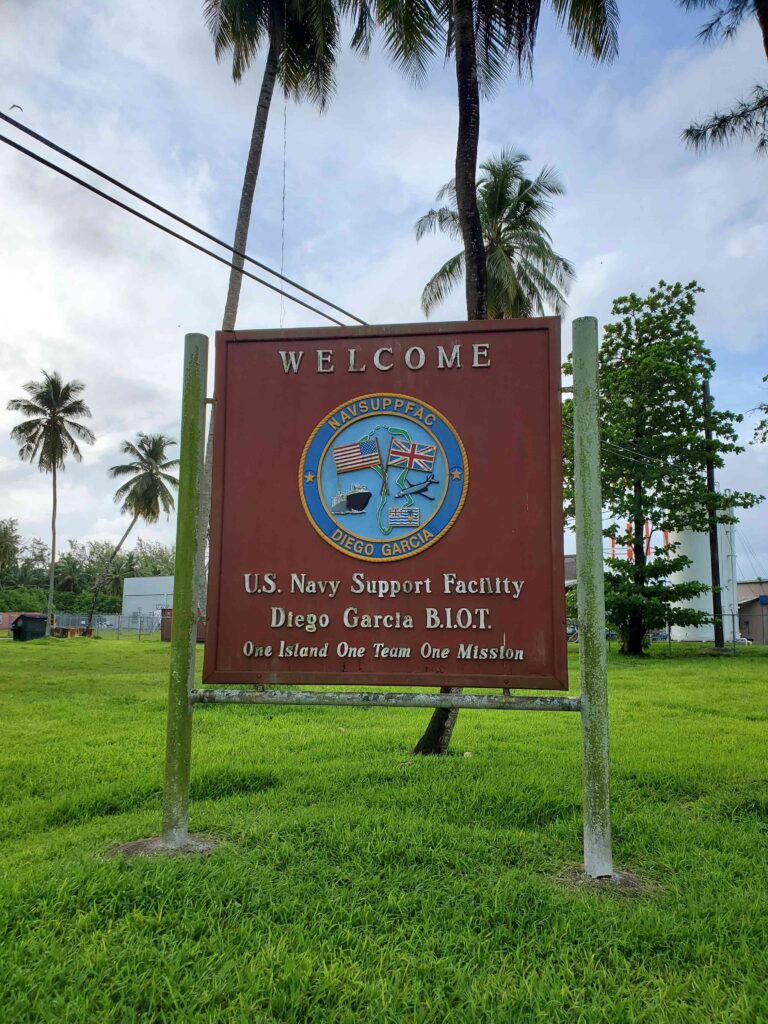
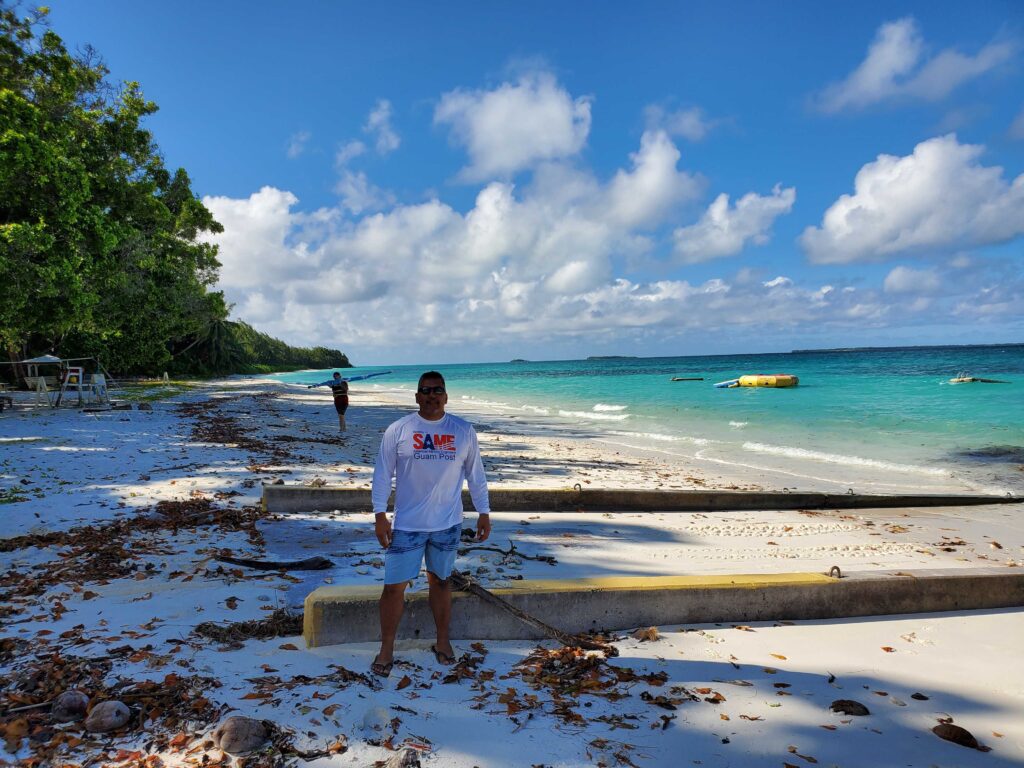
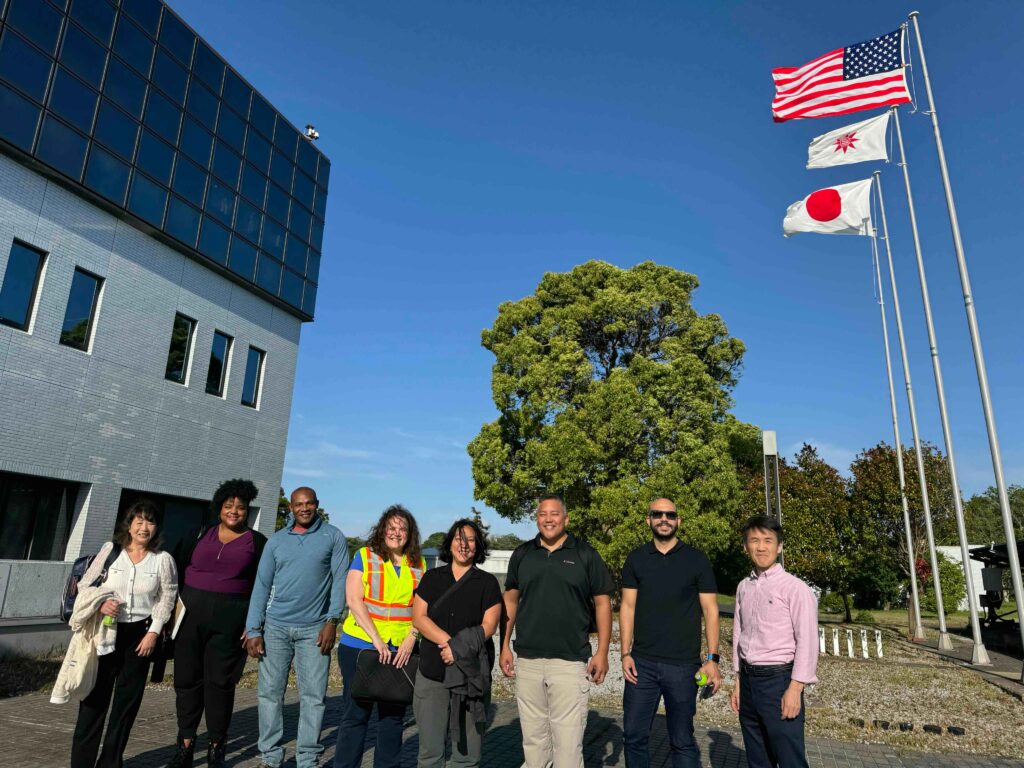
The post Across the Indo-Pacific, from Alaska to Japan: Meet Agapito (Pete) Diaz appeared first on Blog.
]]>The post The importance of coastal resilience: Meet Chris Levitz appeared first on Blog.
]]>A civil engineer by training, he focuses on aligning community development goals with ecological and long-term climate objectives, designing integrated strategies that blend green and gray infrastructure to build safer, more adaptable communities. He has been instrumental in building and leading our coastal resilience team, bringing together engineers, scientists, and planners to tackle complex challenges and expand the group’s impact across the region.
Chris has led major projects for the Texas General Land Office, the Federal Emergency Management Agency (FEMA), and the U.S. Army Corps of Engineers (USACE), including serving as engineering project manager for the Texas Coastal Resiliency Master Plan since its inception. From storm surge protection and fast-tracked design following Hurricane Ike in Houston-Galveston to stakeholder engagement across coastal Texas, he brings a collaborative, forward-thinking approach grounded in technical excellence and a deep commitment to community resilience.
Tell us about what inspired you to work in coastal resilience.
I became a civil engineer because I wanted to work on projects that could directly benefit both the environment and the community. I’ve always been drawn to the idea of blending the power of our natural ecosystems with the practical side of engineering, and civil engineering felt like the right fit.
When I began my career, my work focused primarily on flood risk, with a particular emphasis on community resilience to flooding. Over time, I’ve been able to integrate that with my original interest in environmental stewardship. Looking back, that’s where my passion truly started. It’s been rewarding to bring those elements together under one professional umbrella, rather than specializing in just one area. I’ve always held onto the goal of doing work that helps comprehensively when possible, and that’s ultimately shaped the path of my career.
What is your favorite AECOM project that you’ve worked on and why?
My favorite project has been the Texas Coastal Resiliency Master Plan, which has also been a foundational project for our team. We worked with the state on the first plan iteration released in 2017, then updated it in 2019 and 2023, and we’re now working on the 2028 version. It’s been a unique and rewarding opportunity, as we’ve been able to support the Texas General Land Office on this plan since its inception. The plan includes over 367 miles of coast and 3,300 miles of bays and estuaries, addressing challenges such as storm surge, sea level rise, habitat degradation, and coastal erosion. It emphasizes nature- and infrastructure-based solutions, integrating innovative methodologies like living shorelines and sediment management. The plan has resulted in the funding of hundreds of millions of dollars for coastal resilience projects along the Texas coast. I like to think that’s because we’ve put a lot of heart and effort into it, making it representative of the coastal stakeholders and ecosystems of Texas.
This work demonstrates our strong commitment to the Texas coast, its communities, ecosystems, and the complex challenges they encounter. In partnership with the General Land Office, we continuously listen to and learn from the knowledge and experiences of stakeholders, professionals, and academic experts across the entire Texas coast. Through this collaboration, we have created a set of resilient design guides for stakeholder use that translate the plan components into actionable steps.
Through these connections, we find solutions that balance environmental needs with community resilience, addressing current issues while anticipating how challenges will evolve over time. It has been an incredible chance to lead and help shape the long-term vision for the Texas coast. It’s an ongoing opportunity to better serve the state, its communities, habitats, and ecosystems, improving resilience and making the coast as safe, accessible, and sustainable as possible – a coast that many generations can enjoy.
Why is it important to take a proactive approach to coastal resilience?
Unfortunately, it feels like we have a new flood or hurricane-related disaster far too frequently these days. It often seems like we’re stuck in this constant cycle of responding to the latest disaster. Our resilience practice is working to shift that mindset from reactive to proactive. Instead of waiting for worst-case scenarios to happen, many of which are unprecedented and unexpected, we want to think ahead.
Our approach to resilience considers both what has happened and what hasn’t happened yet. How do we develop solutions — whether engineered, nature-based, gray infrastructure, green infrastructure, or a mix — that go beyond traditional methods? It’s about building on our previous knowledge but also pushing the envelope to be more innovative and thoughtful. Recently, we assisted NASA with these specific considerations by working with them at the Kennedy Space Center to assess opportunities for enhancing site resilience against coastal surge and erosion. We aimed to do this by leveraging the natural beach and dune system along the Atlantic shoreline and living shoreline on the estuarine shores.
A big part of this is recognizing that we can’t just build stronger infrastructure. We also need to educate and inform communities, sharing knowledge and helping residents become responsible stewards of their environment — whether that’s the coast, river systems, or flood-prone areas. Fostering that awareness and centering it in a community’s culture is key. As an example, we partnered with FEMA and The Nature Conservancy in Puerto Rico to develop job aids for local communities, providing a technical foundation to assist them in transitioning from traditional infrastructure designs to natural and nature-based solutions along sandy shorelines, riverine streambanks, and urban stormwater systems.
Ultimately, the goal is to reduce the need to respond repeatedly to disasters by implementing measures beforehand. That way, when events do happen, their negative impacts are mitigated because proactive steps were taken. That’s the heart of what we’re trying to do with resilience.
Tell us a story of how your work positively impacted the community.
As an individual member of the public, a lot of the work our team does tends to be expected — or even taken for granted. People don’t expect heavy rainfall to disrupt their ability to get to work on any given day, much less cause loss of life. Often, we’re fortunate enough to expect those kinds of events won’t happen, or at least that they’ll remain extreme exceptions.
What we try to do is make resilience and hazard mitigation fundamental — something that happens quietly behind the scenes. In an ideal world, much of what we do goes unnoticed by the public because it’s so reliable. At the same time, we want people to become more knowledgeable and aware of these issues through education and outreach, whether it’s working with schools, running public campaigns, or providing resources.
It’s about cutting through some of the bigger challenges in society, like politics or funding limitations, and focusing on what matters most: projects that truly benefit the public. What’s critical to us is not just the technical excellence of our work, but also making positive impacts and changing perspectives. That way, awareness of resilience becomes less of an exception and more a part of how communities understand and prepare for their environment.
Share a piece of career advice.
First, as a young engineer, scientist, planner, or any other professional, it’s essential to diversify. Find opportunities that allow you to work in different spaces, take on different types of projects, and learn new skills. That versatility benefits you by keeping your career from becoming repetitive and provides a broader range of exposure to unique projects.
Second, take initiative. Do what’s in front of you, but don’t be afraid to express interest in other areas. If you hear about something that excites you, reach out — whether it’s within your group or another one — and have a conversation to learn more. Authentic interest is what makes a real difference. We want to work with people who are genuinely invested in the work, because that’s when you do your best work.
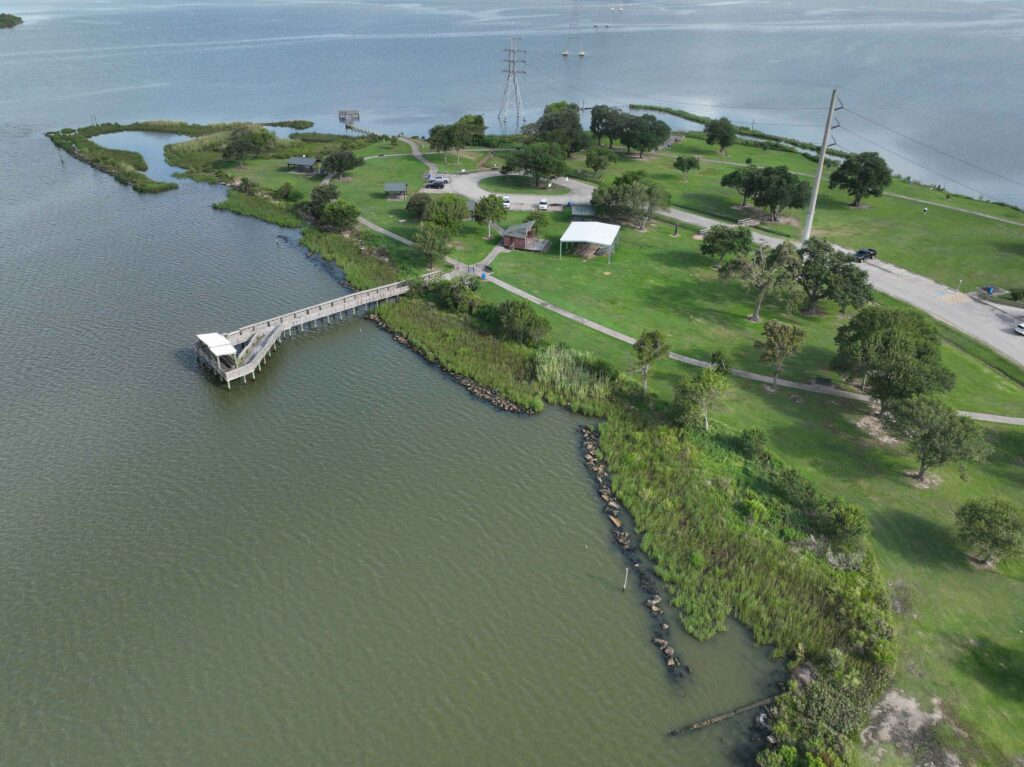
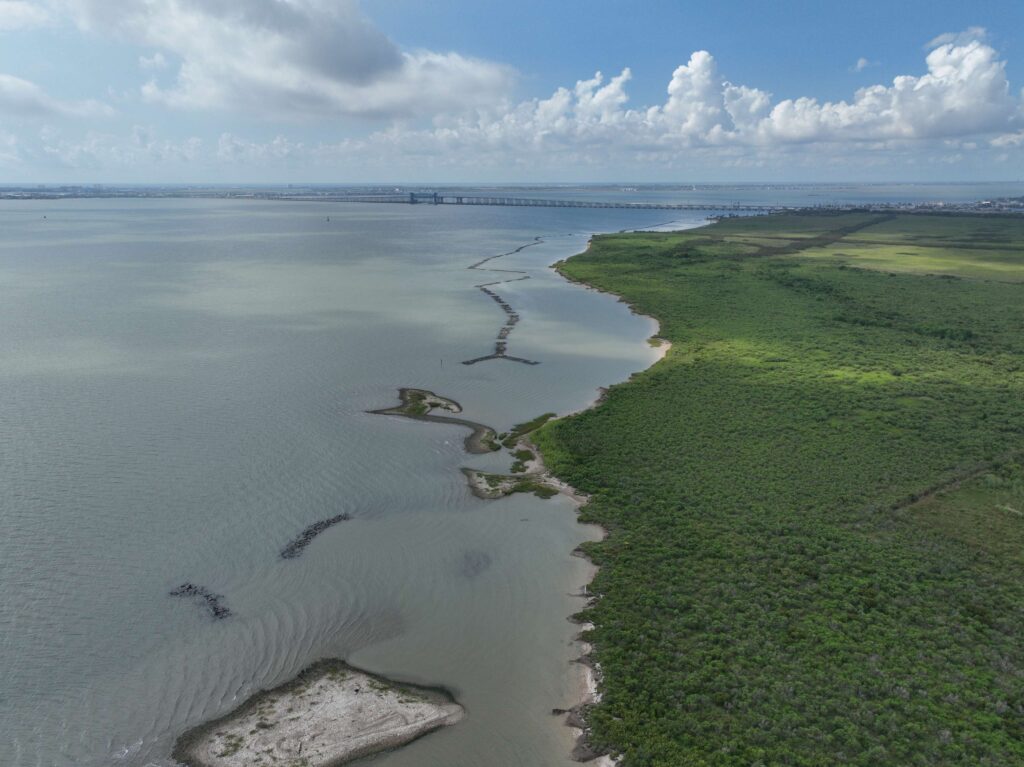
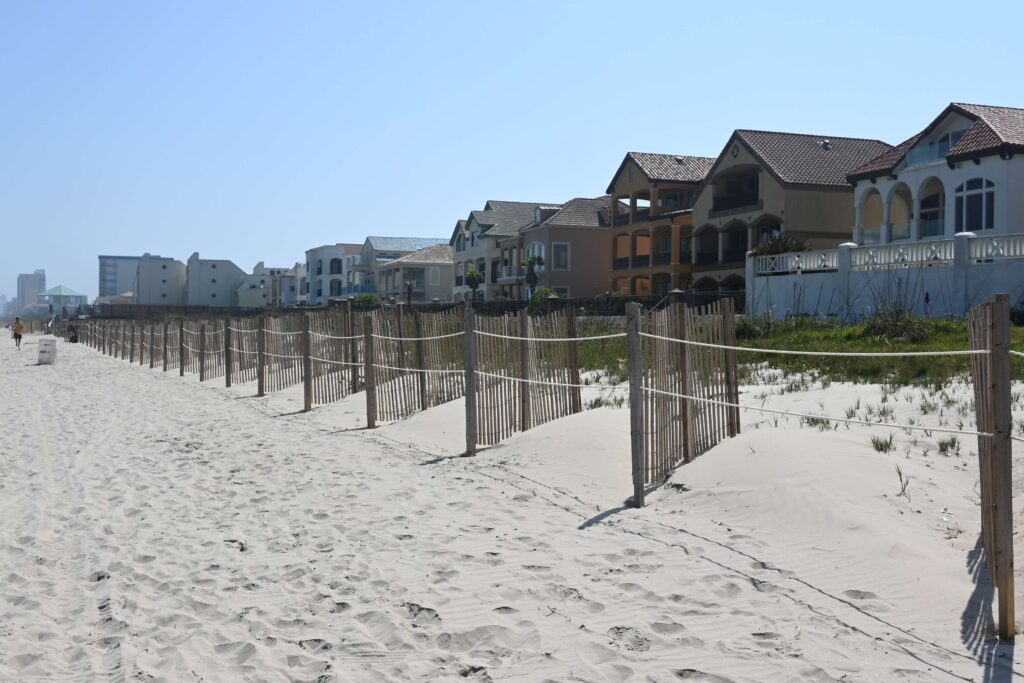
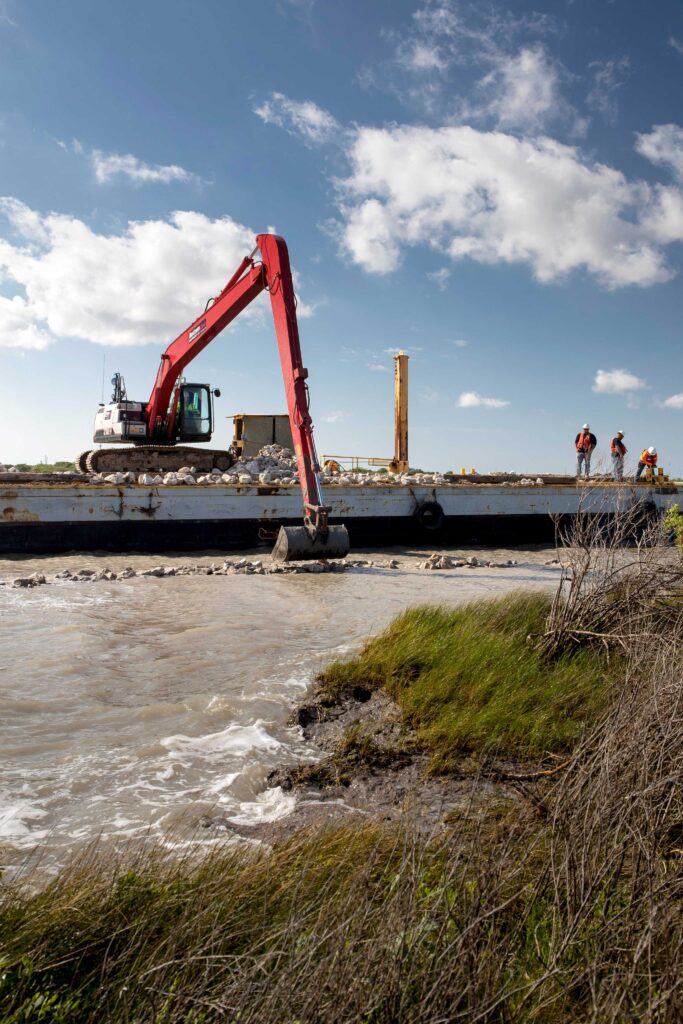
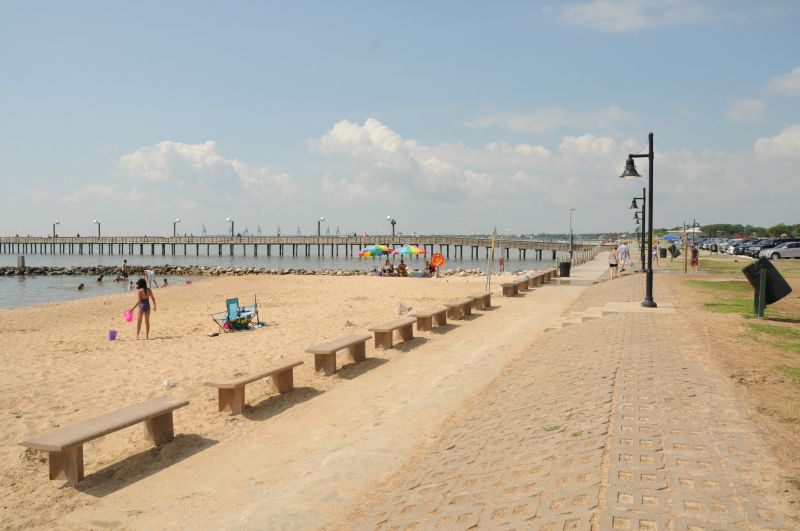
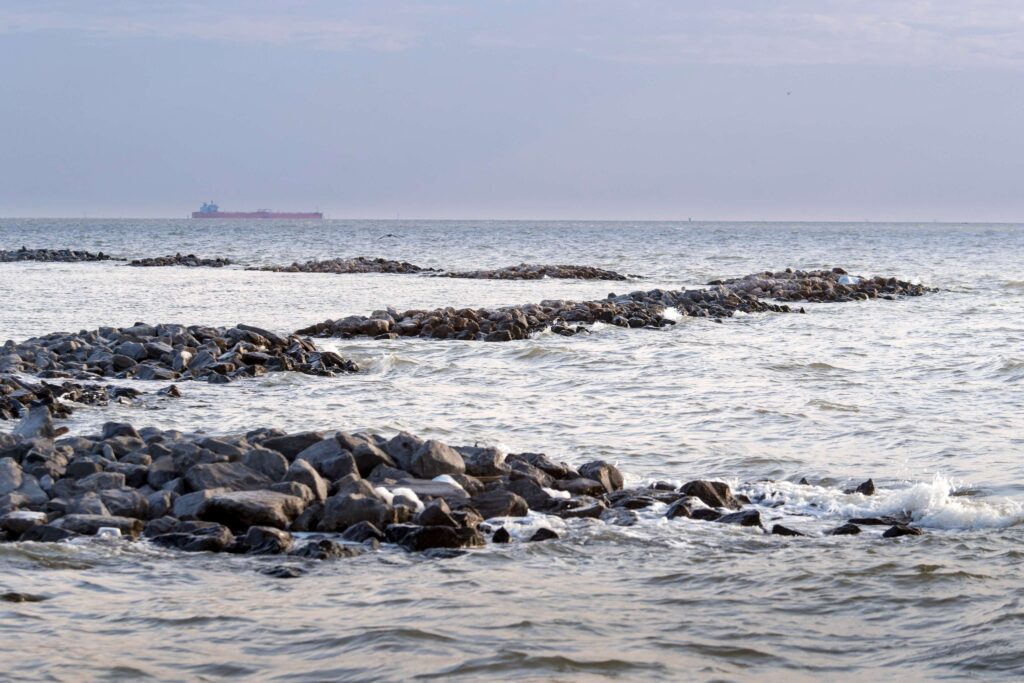
The post The importance of coastal resilience: Meet Chris Levitz appeared first on Blog.
]]>The post People Spotlight: Meet Ahmad Bitar appeared first on Blog.
]]>Growing up in Palestine’s West Bank with a civil engineer father, Ahmad saw how strong water infrastructure can make a real difference for communities. That early experience sparked his passion for sustainability and water reuse. After earning his engineering degree in the West Bank and a master’s degree from Utah State University, Ahmad made Charlotte home. Motivated by the potential for smart water use — including the One Water concept in which all water sources are managed as equally valuable with an eye on resilience and reliability — Ahmad works on projects like water reclamation networks and biosolids dewatering systems to create lasting, positive impacts.
What inspired you to join the industry?
It all started with my dad, a civil engineer working on water and wastewater projects in Nablus, a city in the West Bank. Growing up in the 1990s, we would be walking around the city and I would watch as people came up to thank him. I’d ask why, and he’d say, “We installed a new water line,” or “We built a well to improve access to clean water.” Seeing firsthand how infrastructure could change lives inspired me early on.
It all started with my dad, a civil engineer working on water and wastewater projects in Nablus, a city in the West Bank. Growing up in the 1990s, we would be walking around the city and I would watch as people came up to thank him. I’d ask why, and he’d say, “We installed a new water line,” or “We built a well to improve access to clean water.” Seeing firsthand how infrastructure could change lives inspired me early on.
In high school, I gravitated toward science projects about wastewater. For my ninth grade science project, I explored different treatment processes. Naturally, I chose civil engineering for my undergraduate degree, with a focus on water and wastewater systems.
During my senior year, professors encouraged me to consider graduate school at Utah State University. I was accepted and joined the Utah Water Research Lab, which focuses on hydraulic modeling and environmental wastewater treatment. That’s also when I got involved with the Water Environment Federation (WEF). I joined the student chapter, competed in the state’s annual design competition twice, and represented Utah at WEFTEC both years. That experience sparked my deeper interest in biosolids and introduced me to the professional side of the water industry.
In 2018, I moved to Charlotte where I started with pipeline projects, odor control and biogas systems. I gradually took on more responsibility — running calculations, conducting field work, and contributing to design efforts. When AECOM reached out, I was drawn to the opportunity to work with a tight-knit local team backed by a global firm’s resources.
Now, I lead technical work on pipeline and biosolids projects, handling everything from early study phases to detailed design submittals. I also stay active in the industry through my involvement with North Carolina One Water.
When AECOM reached out, I was drawn to the opportunity to work with a tight-knit local team backed by a global firm’s resources.
What is your favorite AECOM project that you’ve worked on and why?
We designed a water reuse network for the University of North Carolina at Charlotte that uses reclaimed water from a nearby Charlotte Water treatment plant for irrigation and use in cooling towers. Our team developed the connection from the plant to the university campus, and the pipe distribution network throughout campus grounds.
Before it’s reused, the water is treated to EPA standards suitable for agricultural or industrial use, in this case, for cooling systems. It’s a smart, sustainable solution that reduces the university’s use of potable water and supports Charlotte Water’s “One Water” vision of circular water use.
The university has completed part of the system, with plans to expand it over the next few years. I served as the deputy project manager for the initial phase and will step into the project manager role as construction continues.
Tell us a story of how your work positively impacted the community
We’re working on a biosolids project in Fort Lauderdale, Florida, alongside AECOM’s global biosolids lead, Terry Goss, who’s based in Raleigh.
The local wastewater plant uses belt filter presses to remove water from biosolids, reducing their volume and weight. Those presses are at the end of their useful life, so we’re evaluating options to replace and increase capacity. That could mean newer, larger belt filter presses — or different technologies like screw presses, centrifuges, or volute presses that offer more reliable performance and better dewatering. My role specifically is to choose the right dewatering equipment to replace the existing belt filter presses, correctly size it to fit their current and future needs, design the polymer system that will be added to thicken the biosolids, and design the necessary connections and appurtenances.
Dewatering is key to biosolids management. The more water you remove, the less volume there is to haul or dispose of — saving municipalities money, especially when biosolids go to landfills. Many utilities are also exploring composting or biogas production to turn waste into usable resources.
My role specifically is to choose the right dewatering equipment to replace their existing Belt Filter Presses, correctly size it to fit their current and future needs, design the polymer system that will be added to thicken the biosolids, and design the necessary connections and appurtenances.
Upgrading the equipment in Fort Lauderdale will have a meaningful impact on both public health and the environment. Keeping waterways and beaches clean is a big part of what drives me. It’s an exciting time in the industry. Technology now allows us to treat wastewater to the point that it can become clean drinking water again. That full-circle approach is at the heart of the “One Water” concept: using and reusing water wisely to protect our limited resources and reduce environmental impact.
Keeping waterways and beaches clean is a big part of what drives me. It’s an exciting time in the industry. Technology now allows us to treat wastewater to the point that it can become clean drinking water again.
Share a piece of career advice
Try everything at least once. Accept the opportunities that come your way. Maybe you’ll find there is something you do not want to do again. That’s fine. But at least try it first and see where it takes you. Biosolids weren’t something that I initially wanted to work on. I was approached to work on them. I found that I liked the work and have remained involved ever since. Being receptive to opportunities keeps your options open and will motivate you to learn new things.
The post People Spotlight: Meet Ahmad Bitar appeared first on Blog.
]]>The post People Spotlight: Meet Kimberly Heenan appeared first on Blog.
]]>As a leader in our Civil Works department, Kimberly Heenan brings a unique blend of technical expertise, strategic vision, and deep personal commitment to infrastructure resilience. With more than 19 years of experience and over $2.5 billion in constructed projects, she has led the inspection, assessment, design and construction of levees, floodwalls, dams, floodgates and stormwater pump stations across the U.S.
Kimberly’s portfolio spans more than 275 miles of levee systems and 35 dams, supporting agencies such as the United States Army Corps of Engineers (USACE), United States International Boundary and Water Commission (USIBWC), and USACE Engineer Research and Development Center (ERDC). Under her leadership, our civil works team has grown into a nationally connected group equipped to take on the country’s most complex water infrastructure challenges. Whether managing risk assessments, engineering solutions for flood protection, or guiding large-scale alternatives analyses, Kimberly is driven by one goal: protecting communities and helping them thrive.
Tell us about what inspired you to join the industry.
Hurricane Katrina occurred while I was in college, and when I saw the devastation, I felt a deep calling to do something. I wanted to help fix the levees and to be part of the recovery. I remember students from Louisiana State University, Tulane University, and other universities relocating to Texas A&M, where I was attending. Their experiences really stayed with me — I just kept thinking, what can I do?
At the time, I was still finding my footing and building confidence in my ability to be an engineer. Then, during a career day event, I handed my resume to a representative from AECOM. They passed it along, and shortly after, I received a call about a junior Geotechnical Engineer position — working on the levees in New Orleans that had been devastated by Hurricane Katrina. It felt like a sign. Even though I was nervous about moving to the big city, I accepted the offer and committed fully to the opportunity. I worked long hours, asked questions, and soaked up knowledge from teammates who loved to teach. It was a chance to contribute to something deeply meaningful — something that had personally impacted me — and that experience became the turning point that truly anchored me in this field and shaped the trajectory of my career.
Hurricane Katrina occurred while I was in college, and when I saw the devastation, I felt a deep calling to do something. I wanted to help fix the levees and to be part of the recovery.
What is your favorite AECOM project that you’ve worked on and why?
Obviously, the New Orleans levee project will always mean a lot to me. But another that stands out is the Freeport Levee Coastal Storm Risk Management (CSRM) project. Unfortunately, the client’s funding limitations meant we couldn’t finish the project, but it gave us the space to build something special at AECOM — a civil works group that can operate from anywhere in the country and work with anyone.
Over the course of the work we were able to complete, we grew from a team of just six people to about 20. And it wasn’t just our group working on the project. At one point, there were over 100 people across AECOM contributing.
The project raised our team’s visibility and gave us this incredible experience with the Galveston Corps of Engineers District. The Gulf Coast region is facing significant challenges from rising sea levels, aging infrastructure, and increasingly severe storm events. The experience positioned us to contribute meaningfully to future critical resilience work still needed across this part of the country.
And honestly, I just loved the team. The people on that project made it a favorite, too.
The project raised our team’s visibility and gave us this incredible experience with the Galveston Corps of Engineers District. The Gulf Coast region is facing significant challenges from rising sea levels, aging infrastructure, and increasingly severe storm events. The experience positioned us to contribute meaningfully to future critical resilience work still needed across this part of the country.
How has the growth of AECOM’s civil works team prepared us to meet the infrastructure resilience challenges of communities?
For me, it means having a team I can rely on to help design these incredible levee systems that protect people and communities, so they never have to go through something like Hurricane Katrina again. Building a civil works team that can do this work, and do it well, has always been deeply meaningful.
Many of these flood risk projects are happening in communities that have historically been underserved. It’s not just about protecting property. It’s about protecting lives, bringing peace of mind, and in many cases, helping families financially by lowering flood insurance costs. Everyone deserves that kind of security, no matter where they live.
We’re at a critical moment in the U.S. Much of the nation’s infrastructure, including levees, floodwalls, and protection systems, was designed to last about 50 years. That time has passed. I knew we had to grow our civil works team because I knew these projects were coming. These systems either start to fail, or they get updated. Too often, people only pay attention after a catastrophic failure, but we shouldn’t have to wait for that to happen.
To me, this work is about making sure we don’t wait — that we’re ready. When we bring new people onto the team, we look for those who are driven by purpose, who genuinely want to make a difference in people’s lives. That’s what it’s all about.
Much of the nation’s infrastructure, including levees, floodwalls, and protection systems, was designed to last about 50 years. That time has passed. I knew we had to grow our civil works team because I knew these projects were coming.
Share a piece of career advice.
My dad coached women’s basketball, and he used to say something that stuck with me: “It doesn’t have to be perfect.” He noticed that many players would hesitate, waiting for the perfect moment to take a shot and by then, the opportunity was gone.
He taught me there are only three outcomes: you miss and the other team gets the rebound, you miss and your team gets the rebound and you get to try again, or you make it. Two out of three isn’t bad. I’ve carried that with me throughout my career. When I’m facing a challenge, I remind myself not to wait for perfect. Just take the shot and keep moving forward.
The post People Spotlight: Meet Kimberly Heenan appeared first on Blog.
]]>The post Powering Europe’s net zero future: Why pumped storage hydropower is vital appeared first on Blog.
]]>Pumped storage: Europe’s renewable battery
Europe increasingly relies on wind and solar power, but their intermittent nature brings significant challenges. A proven solution lies in pumped storage hydropower — a mature technology that effectively acts as a massive, rechargeable battery. PSH stores excess renewable energy by pumping water uphill, releasing it to generate electricity exactly when it’s needed, providing reliable, flexible power on demand.
Currently, Europe has around 55 gigawatts of pumped storage capacity. Yet, according to the Outlook, we must more than double this capacity by 2050 to reliably support the EU’s energy transition and achieve net zero (p. 24).
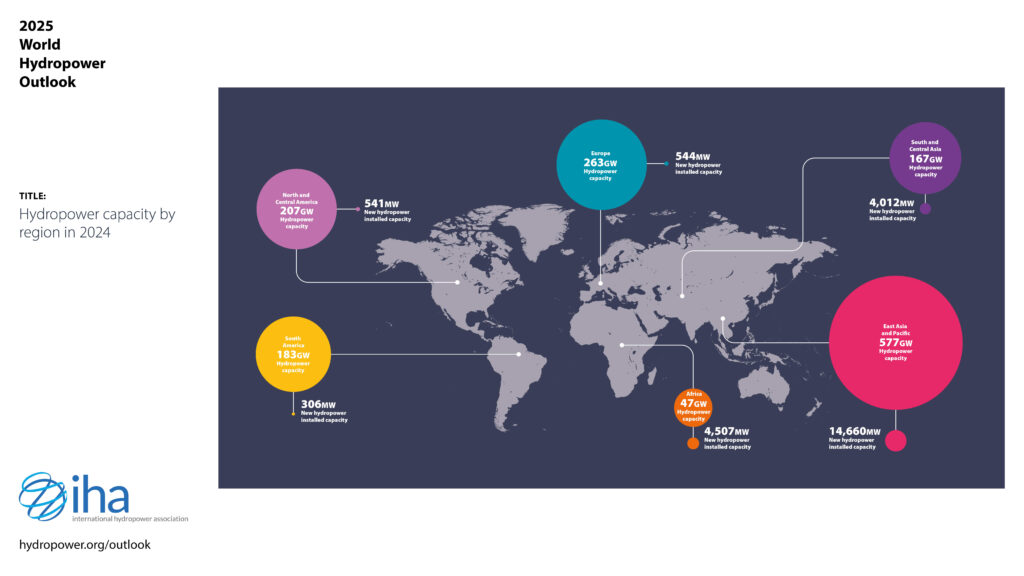
Tackling Europe’s ageing hydropower infrastructure
Europe faces an urgent infrastructure challenge: nearly 70 percent of our pumped storage facilities are over 40 years old. These ageing plants need significant modernisation to remain efficient and safe (p. 22). Upgrading existing facilities offers a practical, cost-effective, and rapid route to increasing renewable storage capacity compared to building entirely new plants.
This need for modernisation is also a chance to introduce digital technologies — such as artificial intelligence, more sophisticated predictive maintenance and improved remote monitoring — to boost operational efficiency and minimise down time.
Barriers to new pumped storage development
Despite strong support from developers and grid operators, Europe’s progress on new pumped storage hydropower projects remains slower than desired. High upfront investment — typically exceeding £1 billion per gigawatt of installed capacity — can discourage potential investors. Complex permitting processes, lengthy project timelines, construction risks, and limited availability of specialist contractors and equipment also hold back development.
The Outlook contrasts Europe’s slower pace with the rapid pumped storage growth seen in countries with centralised economies, such as China. However, positive policy changes are emerging. For instance, the UK’s introduction of a ‘cap and floor’ financial model seeks to strike a balance by giving investors greater certainty, while ensuring affordability for consumers and taxpayers.
Addressing these barriers will be crucial if Europe is to fully harness pumped storage’s potential for a secure, renewable energy future.
Sustainability is non-negotiable
The Outlook emphasises that Europe’s pumped storage expansion must prioritise sustainability. In a region where environmental regulations and public expectations are high, careful planning, rigorous environmental assessments, and meaningful engagement with local communities are crucial.
Digital innovation powering progress
Europe is uniquely placed to lead in hydropower digitalisation. The Outlook underscores the transformative impact of digital solutions on pumped storage facilities (p. 46). Digitalisation doesn’t just make pumped storage operations more efficient — it significantly reduces environmental impacts and operational costs.
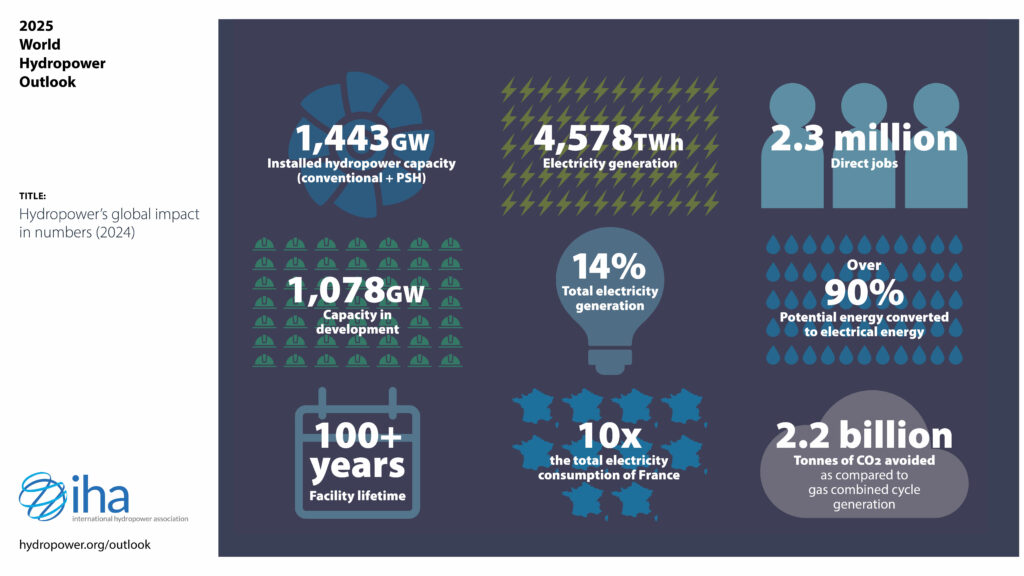
The question is pace
Across Europe, the need for grid-scale storage is widely recognised. The challenge isn’t awareness — it’s action. Governments and energy providers understand that without substantial investment in pumped storage, the transition to a low-carbon energy system won’t be achievable or reliable. The real question now is how quickly we can deliver the infrastructure needed to support it.
At AECOM, we’re committed to supporting this important transition. With our global expertise and local knowledge, combined with a focus on sustainability and innovation, we’re ready to help Europe accelerate the rollout of pumped storage.
Explore the full 2025 World Hydropower Outlook here.
The post Powering Europe’s net zero future: Why pumped storage hydropower is vital appeared first on Blog.
]]>The post People Spotlight: Meet Jeff Chan appeared first on Blog.
]]>Jeff Chan is a structural engineer with five years of experience specializing in the transportation and water/wastewater sectors. Since joining AECOM in 2020 as a structural designer, he has contributed to building projects across Canada, gaining expertise in seismic design and integration of diverse structural materials in buildings.
Tell us about what inspired you to join the industry.
I was born in Hong Kong, a region renowned for its rapid infrastructure development, and spent my early childhood immersed in a constantly evolving urban landscape. For the first nine years of my life, this rapid urban growth felt normal. It wasn’t until my family immigrated to Canada that I began to recognize how unique and complex such development was, especially in densely populated areas. This realization sparked my curiosity about the built environment and a deep appreciation for the role infrastructure plays in shaping quality of life. That early insight, combined with an interest in thoughtful, impactful design, inspired me to pursue a career in engineering.
At AECOM, I was fortunate to have a flexible full-time schedule, which allowed me to pursue graduate studies part-time. The combination of academic learning and guidance from knowledgeable, supportive colleagues and mentors helped me sharpen my technical skills, expand my confidence, and step into greater responsibilities.
It wasn’t until my family immigrated to Canada that I began to recognize how unique and complex such development was, especially in densely populated areas. This realization sparked my curiosity about the built environment and a deep appreciation for the role infrastructure plays in shaping quality of life.
What is your favorite AECOM project that you’ve worked on and why?
I’ve had the opportunity to contribute to many meaningful projects at AECOM, but the Capital Line South Extension has been one of the most rewarding experiences so far. I’ve served as the structural engineer and was also part of the pursuit team for the Operations and Maintenance Facility, which was one of the key components of this major design-build project.
What made this project stand out for me was the collaborative spirit from day one. We worked closely with an engaged client and a talented multidisciplinary team to develop conceptual designs, propose creative solutions, and shape a design that helped win the project. The strength of our design stemmed from the close collaboration we maintained with the builder throughout the process. We were aligned in our goals and challenges which allowed us to understand and share concerns around key issues such as material costs, construction sequencing, and overall constructability. By maintaining open lines of communication and working through these issues collaboratively, we were able to tailor our design approach to directly support their needs. This provided a smoother transition from design to construction, minimized surprises in the field, and fostered an integrated, solution-focused team dynamic.
This environment of trust and intensive multi-disciplinary coordination left a lasting impact on how I approach design thinking and cross-disciplinary teamwork.
The project was awarded in mid-2024 and is now in the construction phase. I’m excited to continue my contribution to a project that will help shape the future of transit in Edmonton and look forward to seeing our work take shape on site.
What made this project stand out for me was the collaborative spirit from day one. We worked closely with an engaged client and a talented multidisciplinary team to develop conceptual designs, propose creative solutions, and shape a design that helped win the project.
Tell us a story of how your work positively impacted the community.
One of the most rewarding experiences of my career has been contributing to the structural design of the Warehouse Park Pavilion in downtown Edmonton. What was once a stretch of surface parking lots is being transformed into a vibrant, community-focused park. The striking new pavilion structure anchors a revitalized green space in the city’s core.
The pavilion’s cantilevered, barrel-vaulted roof is framed with wood trusses, curved plywood sheathing, and is supported by steel beams and columns. This serves as both a functional shelter and an architectural statement. Its irregular geometry presented a complex structural challenge, requiring close collaboration with a senior AECOM engineer and an award-winning architect to develop a solution that balanced durability, cost and design intent. Several roof design iterations were explored during the conceptual and design phases, considering concrete, steel and wood systems. Ultimately, we formed the barrel vault using prefabricated wood trusses and curved plywood, while the cantilever was framed with steel beams which leverages the versatility of wood and the strength of steel. Following the construction award for this design-bid-build project, we engaged early with the contractor to review the framing design. With input from carpenters and site supervisors, we refined details to enhance constructability and confirm accurate execution of the complex geometry.
What makes this project especially meaningful is knowing how the community will engage with the space once it’s fully redeveloped. Whether its families enjoying the shade in the summer, visitors gathering around the fireplaces in the winter, or individuals seeking a quiet moment in the heart of the city, it’s incredibly fulfilling to know that the structure the team designed will become a part of people’s everyday experiences. That kind of lasting, human impact is exactly what inspired me to pursue engineering.
What makes this project especially meaningful is knowing how the community will engage with the space once it’s fully redeveloped. Whether its families enjoying the shade in the summer, visitors gathering around the fireplaces in the winter, or individuals seeking a quiet moment in the heart of the city, it’s incredibly fulfilling to know that the structure the team designed will become a part of people’s everyday experiences.
Share a piece of career advice.
My best advice would be to ask questions, stay open to the perspectives of other building disciplines or contractors, and shape your design to anticipate their needs. What may initially seem like an impossible design challenge within your own discipline can often be resolved through collaboration with others who bring different skills and expertise to the table. Each discipline, whether it’s architectural, structural, mechanical, or electrical, has its own approach to solving problems and its own set of needs. By considering end user, contractor and discipline perspectives early in the design process, you can create more effective and integrated solutions that benefit the entire project.
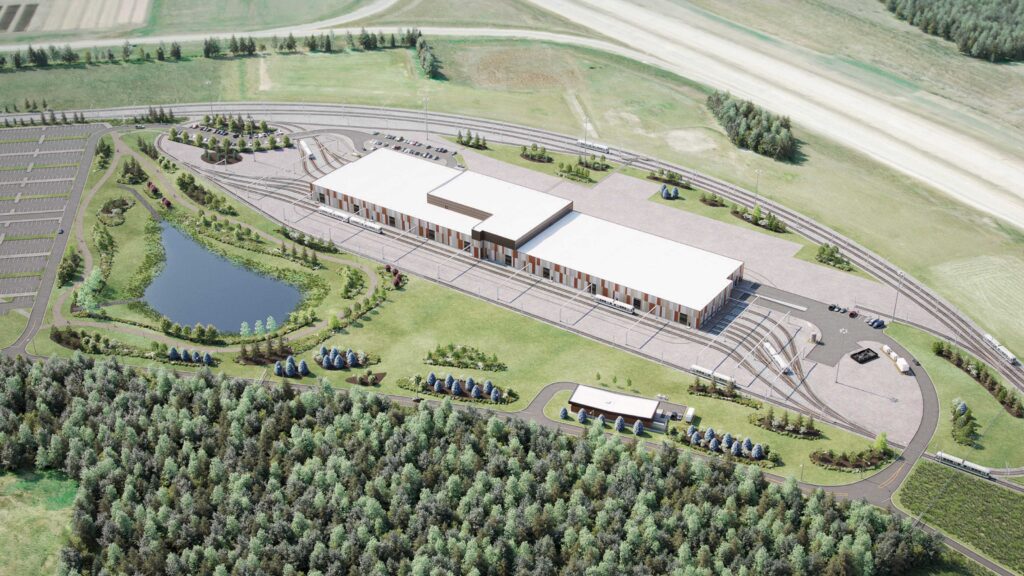
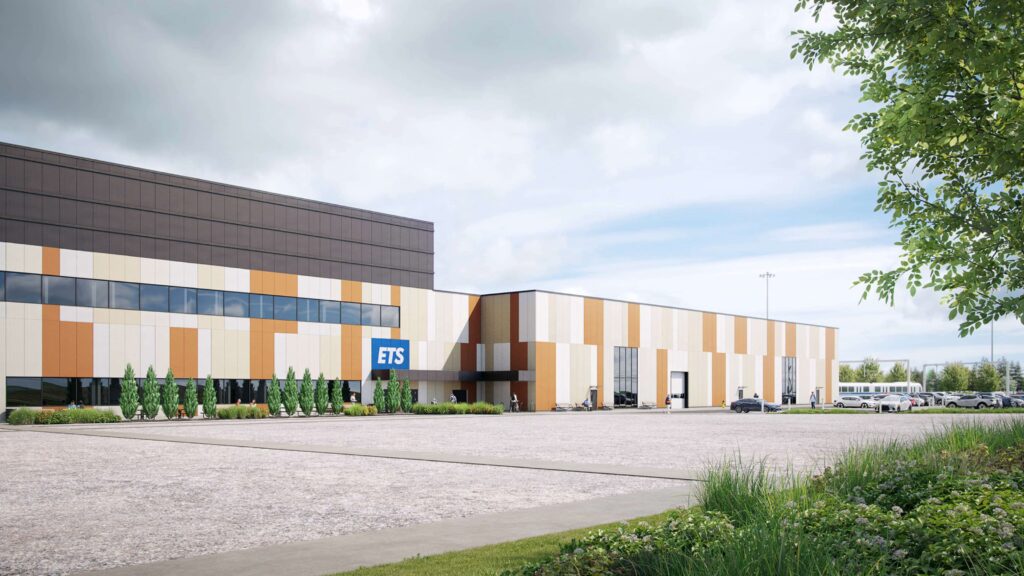
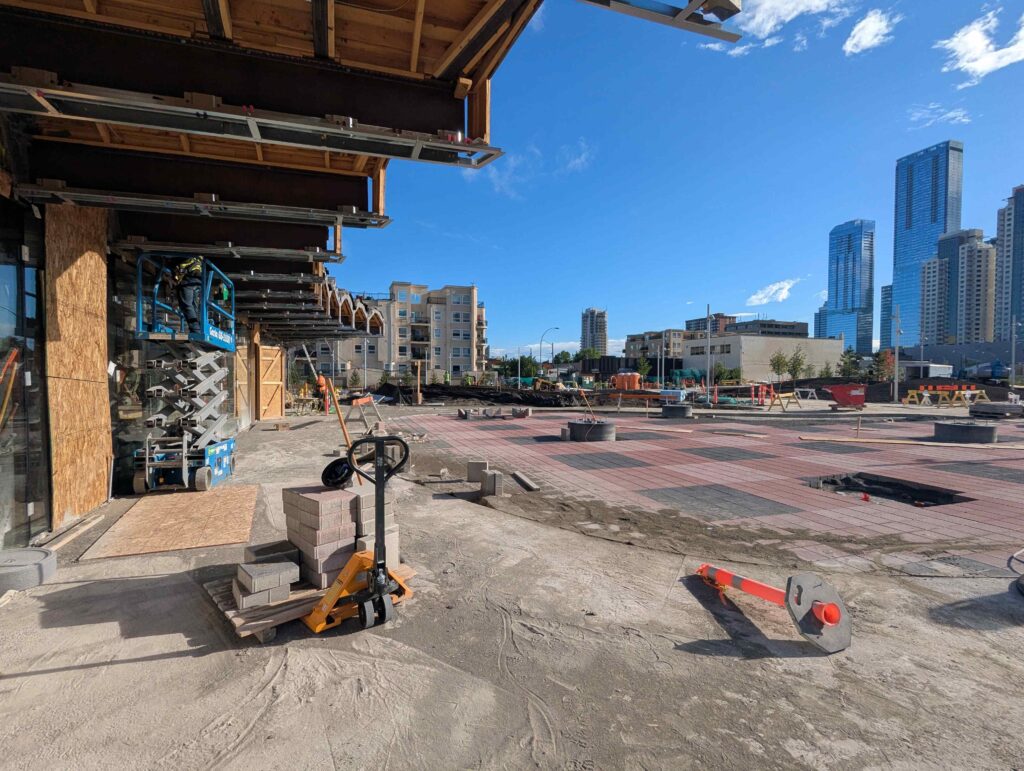
The post People Spotlight: Meet Jeff Chan appeared first on Blog.
]]>The post People Spotlight: Meet Joyce O’Donnell appeared first on Blog.
]]>Joyce O’Donnell is a registered professional engineer with over 30 years of experience in process engineering. She holds a master’s degree in environmental engineering and a bachelor’s degree in chemical engineering from Worcester Polytechnic Institute. Based in New England, Joyce began her career supporting military operations and has since expanded her expertise across various industries, including oil and gas, petrochemicals, pulp and paper, electroplating and metal finishing.
During her 15-year tenure at AECOM, Joyce has worked across both Environmental and Water business lines, focusing on industrial wastewater treatment systems. Her roles have involved design, operation, and troubleshooting, as well as participating in regulatory audits and preparing permitting documentation. Joyce’s extensive experience also includes process safety and process safety management, demonstrating her versatility and commitment to the field.
Tell us about what inspired you to join the industry
My entry into the industry was shaped more by circumstance than intention. My background is in chemical engineering, and many chemical engineers enter the oil and gas industry. However, when I graduated from college, the oil and gas sector was experiencing a downturn. Consequently, I was hired by a small engineering firm in New England that supported metal finishing operations. New pretreatment regulations under the Clean Water Act had recently been issued for certain industrial categories, including the metal finishing and electroplating industries. As such, many industrial facilities in the greater Boston and Providence area were required to install new or upgraded wastewater treatment systems to comply with these new regulations. This is how I began working in industrial wastewater management.
Because those regulations were new, I had to learn them thoroughly, and this knowledge has stayed with me. Interestingly, those regulations haven’t changed much since then. Working at the small engineering firm was enjoyable because I had to handle everything, from answering phones, field sampling, and engineering design tasks. This experience marked the beginning of my journey in the industry.
My entry into the industry was shaped more by circumstance than intention.
What is your favorite AECOM project that you’ve worked on and why?
One of my favorite projects was for a small oil refinery in the southern United States where my involvement in the project scope continued from start to finish. We began by diagnosing performance issues in the wastewater treatment system resulting in violating discharge limits and recommended a new, upgraded, wastewater treatment system to reliably maintain compliance. The new treatment system was also sized to handle increased flow capacity to support future expansion. We conducted thorough wastewater characterization and developed the basis of design. Following this, we proceeded with the detailed design, ensuring every aspect of the new system was meticulously planned. The design included wastewater equalization and transfer, oil/water separation (API Separator), dissolved gas flotation (DGF) with nitrogen blanketing, chemical addition, and sludge dewatering. At the completion of the design phase, we developed the bid documents, evaluated the bids, and recommended an equipment vendor for all major process units. Once the equipment was installed, we provided hands-on support during the startup phase. The treatment system is still running today, and the client remains very satisfied with the results.
This project stands out as a success story because we were involved from the very beginning, through design, installation, and operation. It was incredibly rewarding to see the project through to completion and know that it continues to operate smoothly. The experience reinforced the importance of comprehensive planning and execution in achieving long-term success.
One of my favorite projects was for a small oil refinery in the southern United States. This project stands out as a success story because we were involved from the very beginning, through design, installation, and operation. It was incredibly rewarding to see the project through to completion and know that it continues to operate smoothly.
Tell us a story of how your work positively impacted the community.
One memorable project involved conducting a safety audit for a paper mill in Florida. We arrived about six months after a hurricane had devastated the facility, and the employees were still recovering from the aftermath. The damage was significant, affecting both the mill and the local community. During the safety audit, we asked the staff to reflect on what went well — and what didn’t — during the hurricane.
The facility stores and generates a significant quantity of hazardous chemicals requiring an audit of their management practices under EPA’s Risk Management Plan (RMP) regulations. AECOM had performed the previous audit at this plant three years prior and made several recommendations including the conduct of emergency preparedness drills and coordination with the industrial facility located immediately adjacent. Since our previous audit, the facility had made notable improvements in how it manages hazardous materials and has conducted emergency drills — which proved vital during the crisis. Their preparedness ensured that the release of hazardous chemicals was prevented, protecting the community.
This project was particularly impactful because it highlighted the importance of walking in our clients’ shoes. It remains a vivid memory, reminding me of the human side of engineering and the resilience of those we serve.
Yet, despite their success in mitigating the risks, the experience left a lasting emotional impact. The team was eager to share their stories. My colleague encouraged the client team to discuss their personal experiences, giving them space to describe how the hurricane affected their lives and the wider community. This project was particularly impactful because it highlighted the importance of walking in our clients’ shoes. It remains a vivid memory, reminding me of the human side of engineering and the resilience of those we serve.
Share a piece of career advice
Adopt a positive approach by saying yes to new experiences. I recommend younger engineers spend time in the field to gain practical insights. Seeing equipment and talking with operators firsthand is invaluable. Moreover, personal interactions, even in the office, are essential in our digital age, especially after COVID. Direct conversations enhance communication and build stronger relationships and can often lead to your next professional opportunity.
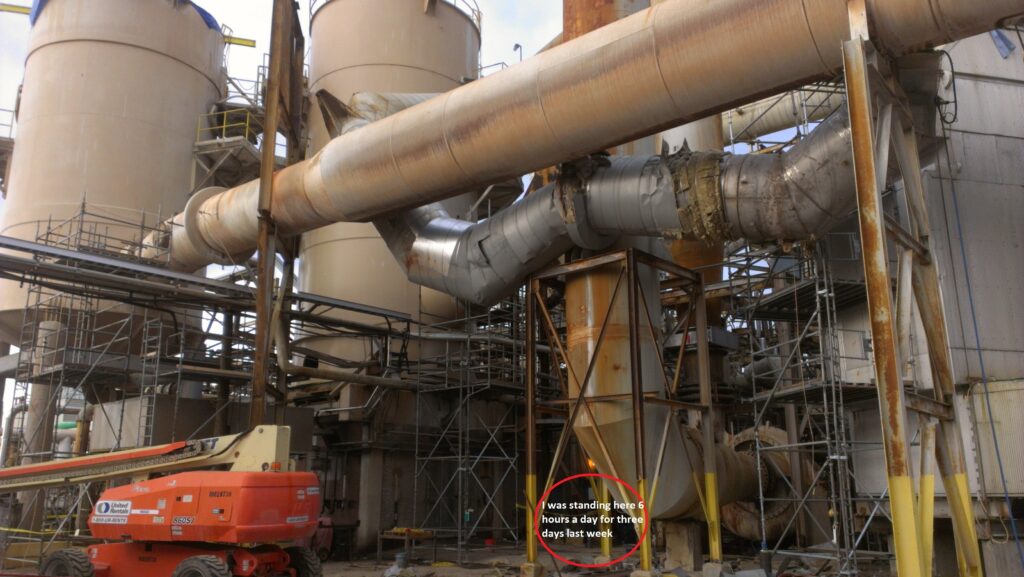
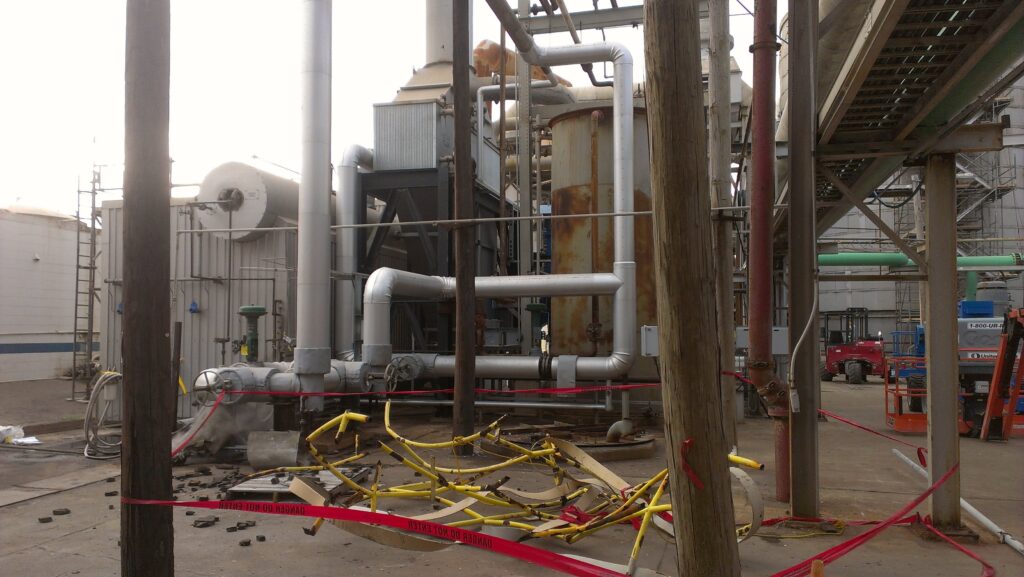
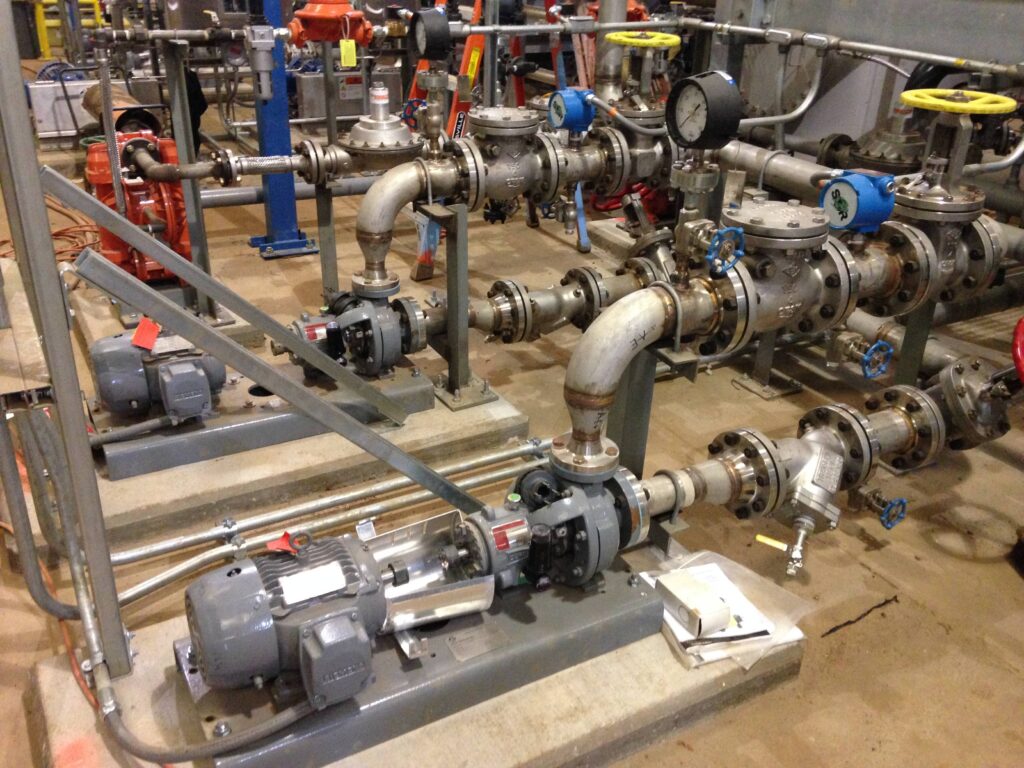
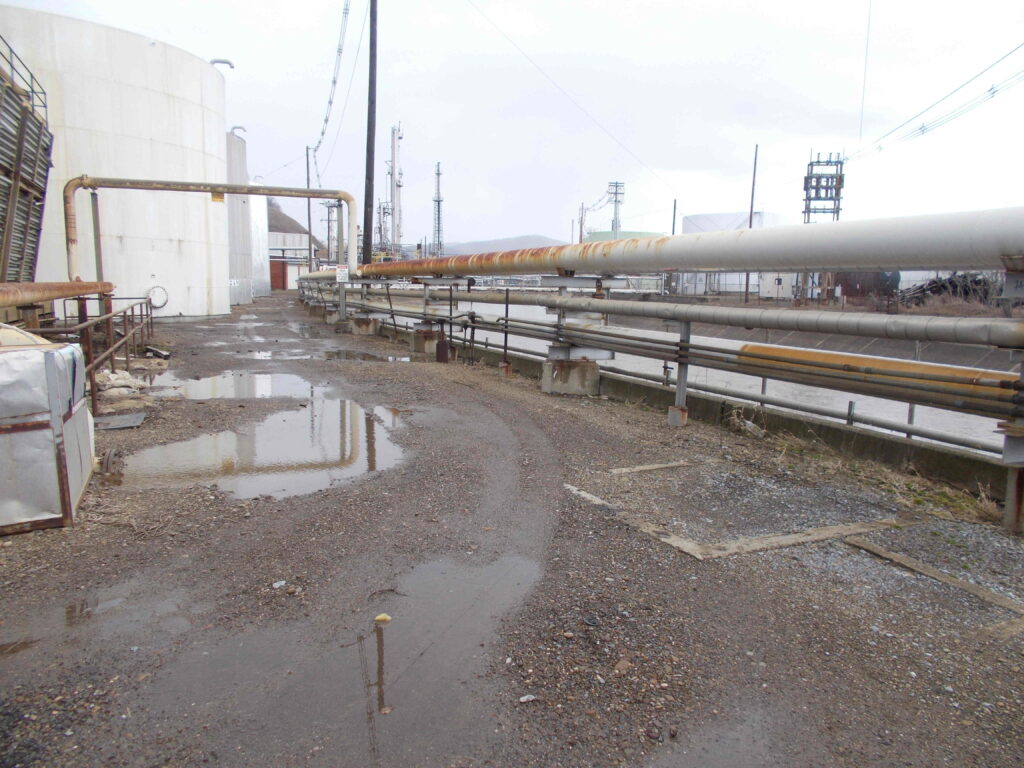
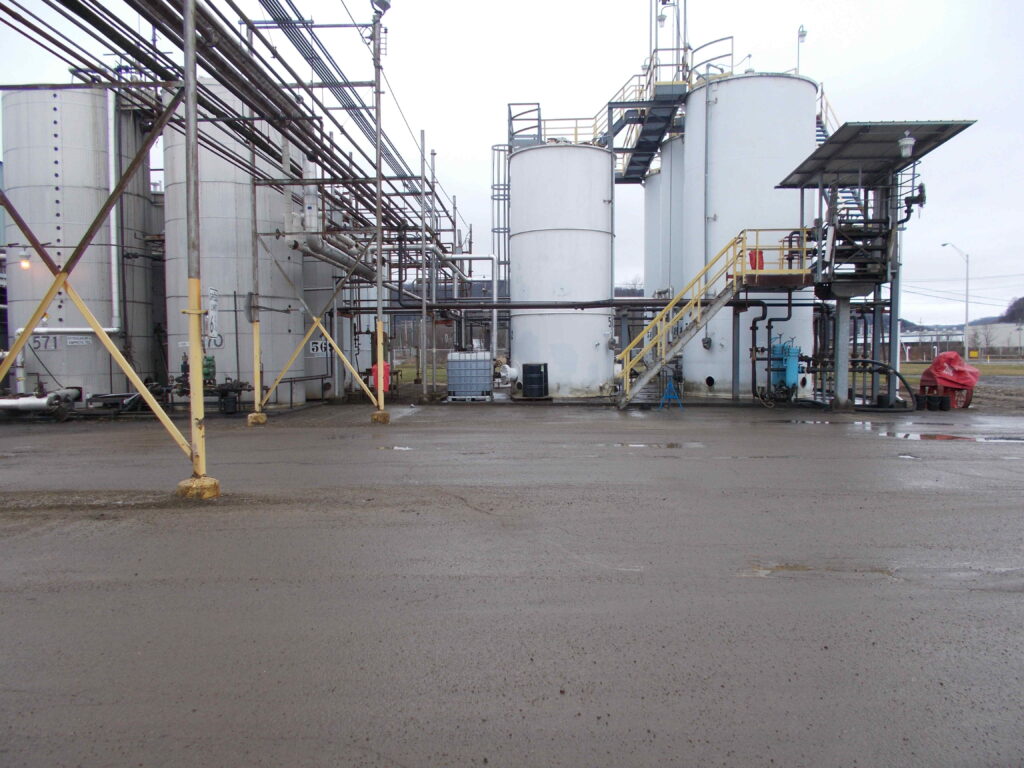
The post People Spotlight: Meet Joyce O’Donnell appeared first on Blog.
]]>The post Together We Engineer: Celebrating Collaboration on INWED 2025 appeared first on Blog.
]]>In line with this year’s theme, #TogetherWeEngineer, we asked our women engineers how they collaborate — across teams, regions and with clients — to solve challenges and deliver a better world.
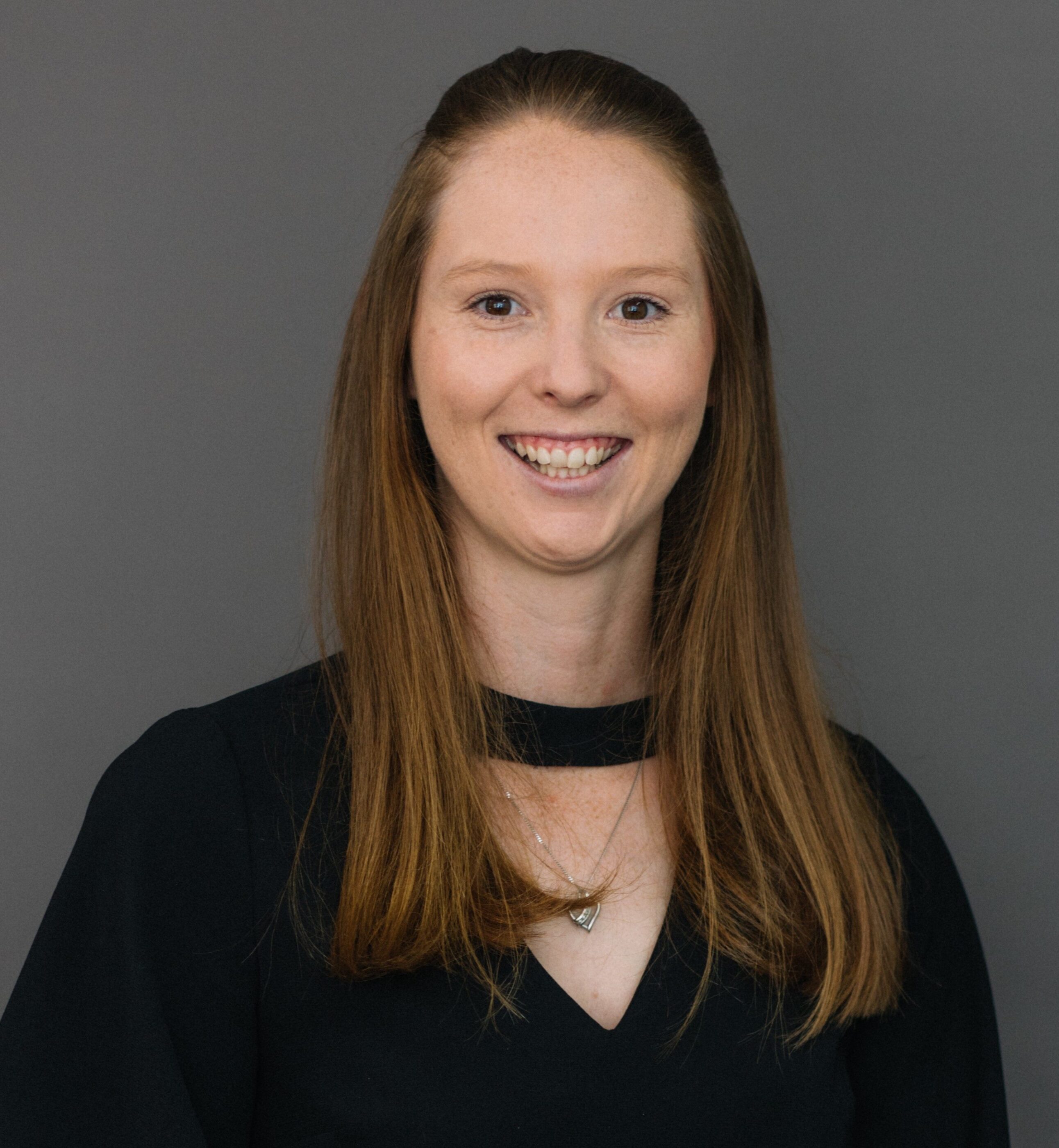
Lindsay Stafford, Senior Civil Engineer
Queensland, Australia
From the start of my career, I’ve prioritized building a strong network of mentors. That foundation has grown into a broad internal network that’s essential to how I work — especially in a region where collaboration across business lines and geographies is key to delivering better engineering outcomes.
One of the most rewarding projects I’ve worked on involved a small, remote community facing long-term water scarcity. Their pipeline had been failing for years. We partnered with them from the bid phase through to commissioning — securing funding, diagnosing the issue, and delivering a full design solution. The moment the new pipe was turned on and water flowed again was a powerful reminder of why we do what we do.
Whether virtually or in person, collaboration is at the heart of every successful project. It starts with trust, grows through shared goals, and results in solutions that truly make a difference.
Becky Wong, Technical Director, Water
Hong Kong
In engineering, sustainable outcomes often rely on cross-disciplinary collaboration. On a new town development, I worked with hydrology, ecology, landscape, and geotechnical teams to preserve a natural river course while meeting flood protection standards. The result was a resilient, ecologically rich corridor that balanced technical and environmental goals.
Client collaboration is just as vital. On a project for the Civil Engineering and Development Department (CEDD), we expanded our drainage solutions to support nearby rural villages. By co-developing upstream and downstream improvements, we delivered a more inclusive and climate-resilient outcome.
In another project, we designed a closed-loop water system to reduce reliance on external potable sources. Working with government departments, we integrated sewage collection, treatment, and reuse — cutting emissions and supporting long-term sustainability. These projects show how collaborative engineering can meet complex challenges and deliver lasting value.
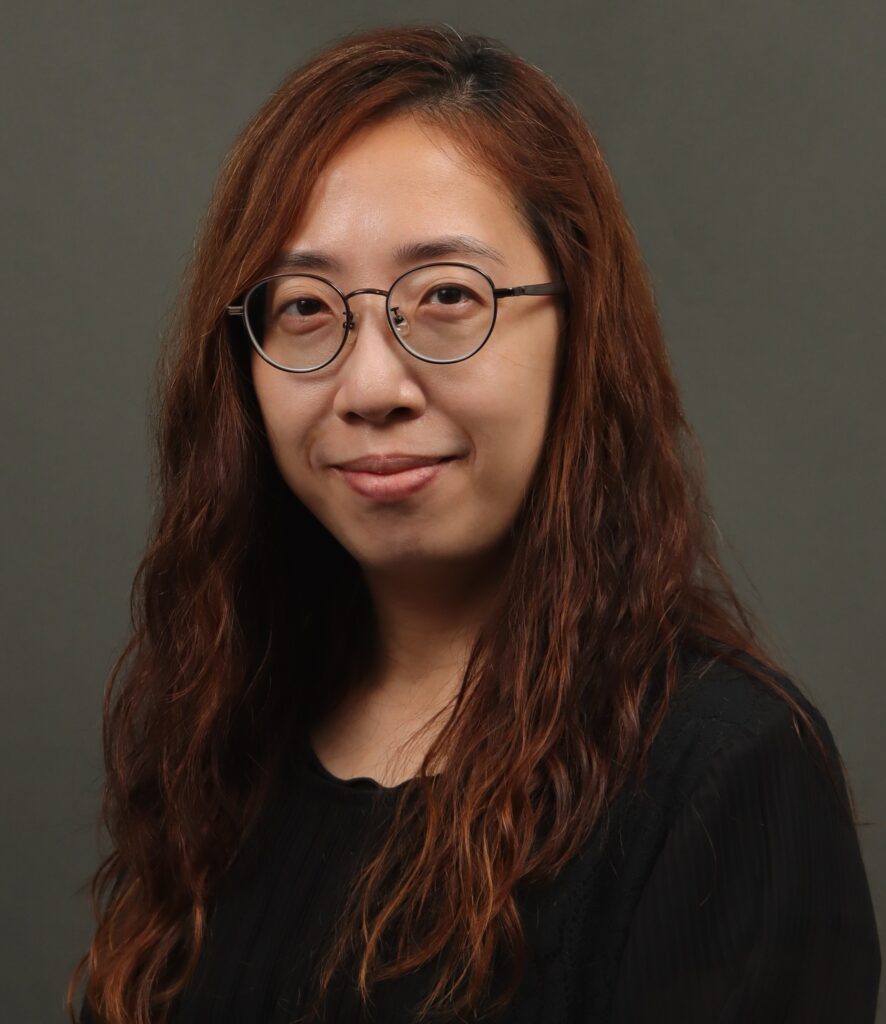
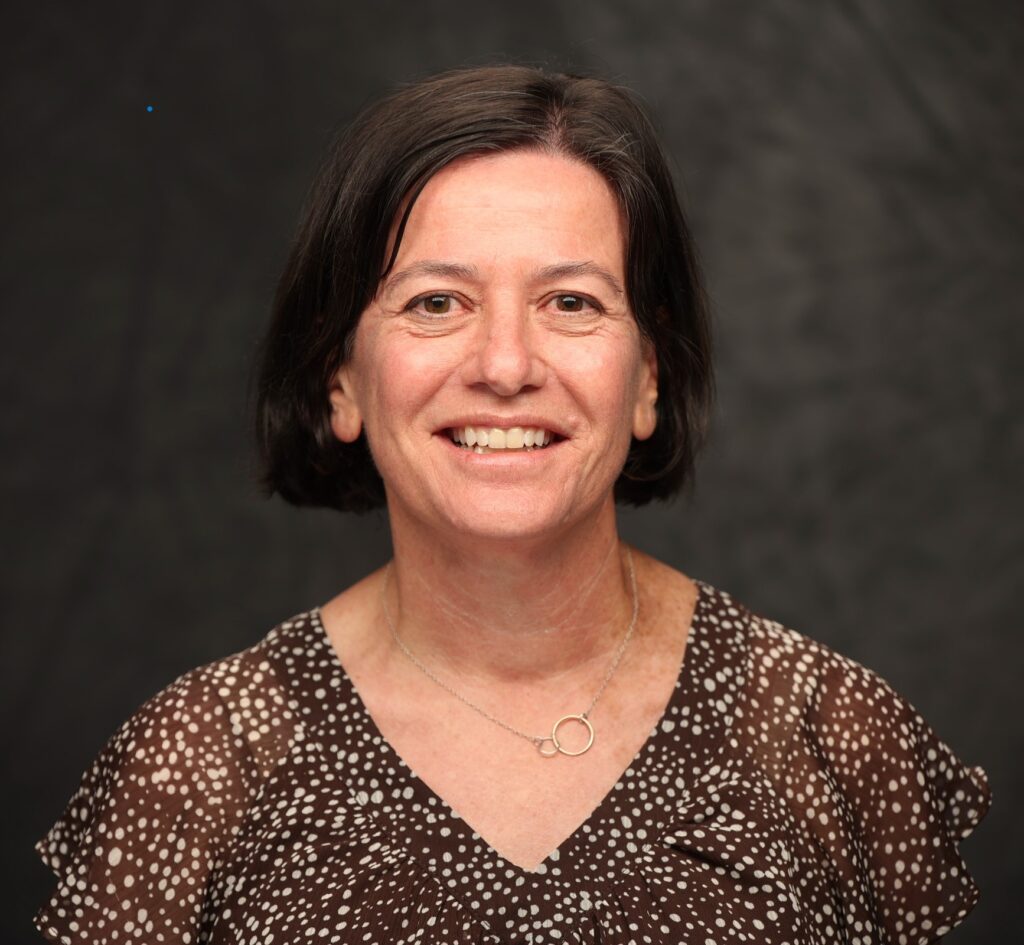
Marcia Tobin, VP, Flood Risk Solutions
Knoxville, TN, U.S.
Leading a 250-person flood risk team across the U.S., I’ve experienced firsthand how collaboration fuels better outcomes. Our multidisciplinary team — comprising planners, scientists, GIS specialists, and water resource engineers — delivers essential flood risk data that helps communities prepare for and respond to disasters. By working together and partnering with our clients, we provide data, analysis and most importantly, actionable insights that make a difference.
We take a “best athlete” approach, assembling talent from across our Water business as well as Transportation, Environment, and Buildings and Places. This approach means that every project benefits from the right mix of expertise. Whether it’s partnering with FEMA on risk mapping and disaster response or co-developing a flood resiliency tool in North Carolina using Agile methods, we tailor our teams to meet the unique demands of each challenge.
In Texas, we piloted a scalable flood risk analysis using LIDAR and aerial imagery, collaborating with state officials to create a tool that informs mitigation strategies and strengthens resilience. Across all our projects, it’s this spirit of collaboration — across disciplines, regions, and with our clients — that transforms data into action and engineering into lasting impact.
Harriet Ridler, Engineer
Basingstoke, U.K.
Coastal protection is a team effort. Our work focuses on shielding inland communities and infrastructure from flooding and erosion, requiring input from multiple engineering disciplines. In my role, I coordinate across internal and external teams — highways, drainage, geotechnical, landscape, and public engagement, environmental and heritage fields.
A great example is the Langstone FCERM scheme that we’re helping Coastal Partners, our client, to deliver. The client led on the environmental appraisal and stakeholder engagement, while we supported the process and co-developed the design. Joint workshops helped shape the final proposal, now submitted for planning. Public support has risen significantly since project inception, showing the value of collaboration.
I’m also working on the £150 million Havre des Pas scheme in Jersey, which balances new coastal defenses with community benefits. The site’s sensitive designations pose challenges, but through close work with the Government of Jersey and local officers — and aided by 3D modeling — we’ve agreed on key design principles and are progressing positively.
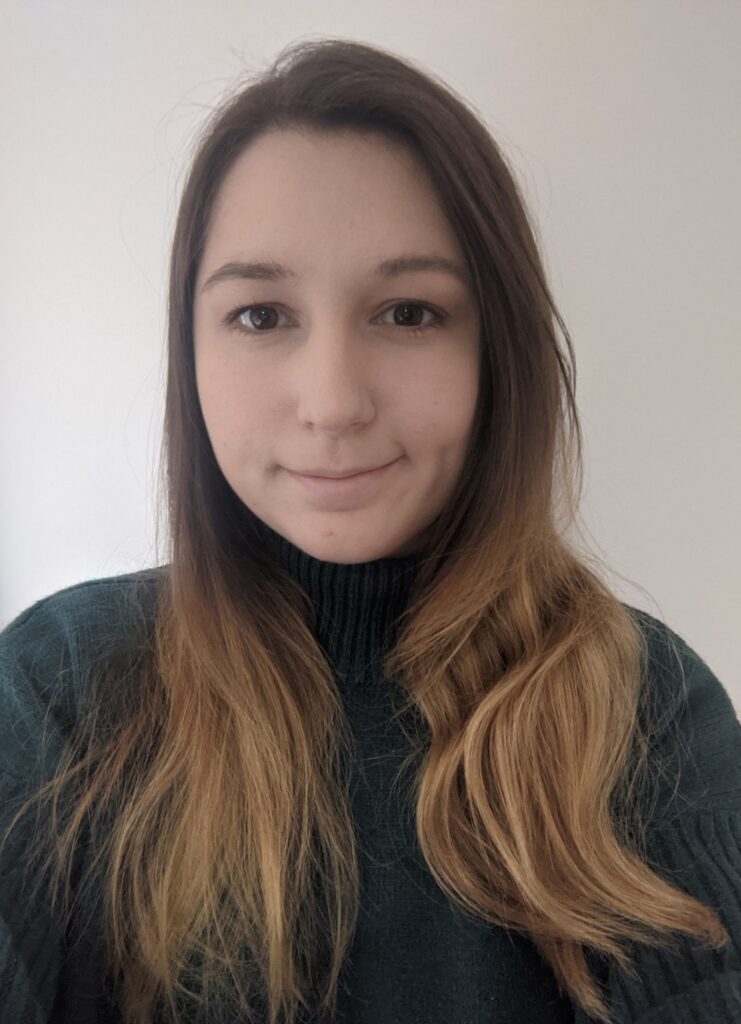
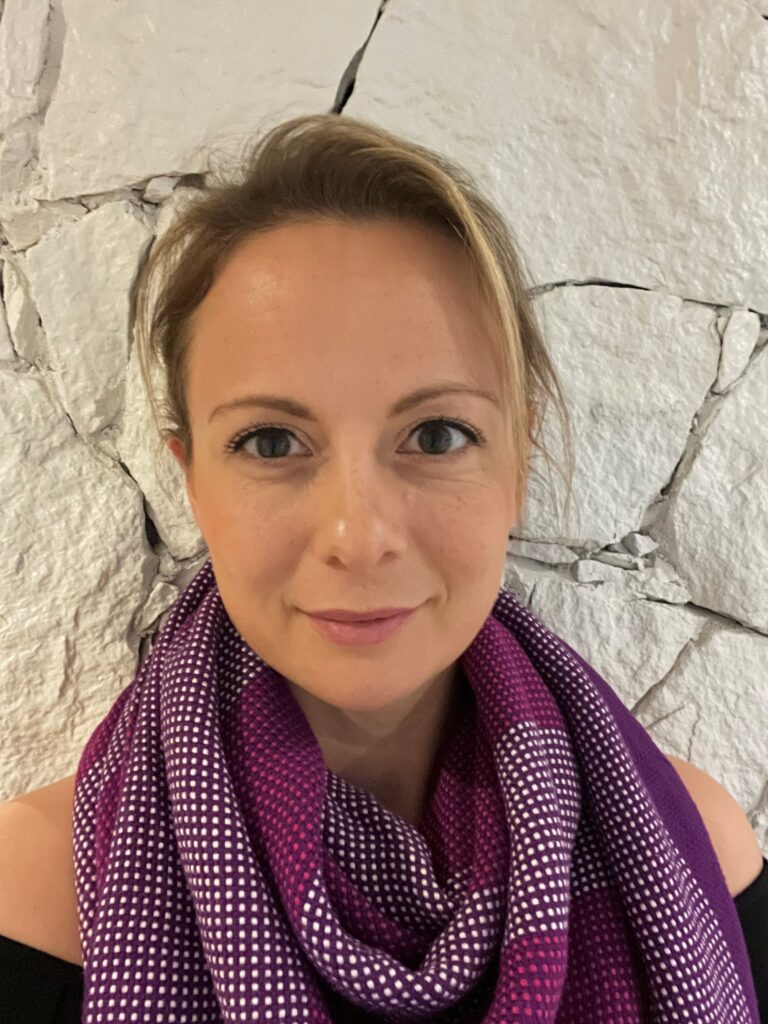
Alice Custard, Wastewater Group Manager
Markham, Ontario, Canada
Collaboration is at the heart of how I work — across disciplines, regions, and project phases. One of the greatest strengths of working at AECOM is the ability to draw on global expertise. Whether it’s a familiar challenge or something entirely new, I’ve always been able to find the right expert. On a recent project involving a technology not yet used in Canada, I brought in a colleague with years of international experience. His insights helped us deliver a more informed and effective solution.
That same spirit of collaboration extends beyond internal teams. I’ve worked closely with clients, operators, stakeholders, and rightsholders to shape better outcomes. At the Kitchener Wastewater Treatment Plant, I was on-site daily during commissioning — sometimes even on night shifts — working directly with Plant Operators to troubleshoot and get the headworks running. That hands-on teamwork was essential to delivering our shared vision.
My wastewater team continues to be one of my proudest achievements. Together, we protect the environment, mentor others, and grow as professionals. We collaborate not just as a process team or a project team — but as a team committed to building a better world.
Kelly Giesing, Civil Engineer
San Diego, CA, U.S.
Across dam design projects, I’ve seen how collaboration drives better outcomes — especially with clear communication. I set expectations early on around schedule and budget and hold regular check-ins to keep teams aligned. With strong leadership, cross-disciplinary teamwork becomes a real asset.
A recent project with San Diego Gas & Electric showed this in action. We expanded our geotechnical scope to include civil design and worked with the contractor’s structural subconsultant. The client was highly engaged, and during construction, we served as their on-site representative — streamlining decisions, reducing costs, and ensuring success.
Environmental collaboration also matters. On one dam project, I worked with an environmental consultant to reroute access roads and staging areas away from sensitive habitats. The design impact was minimal, but the ecological benefit could be significant — proof that smart engineering can serve both people and the planet.
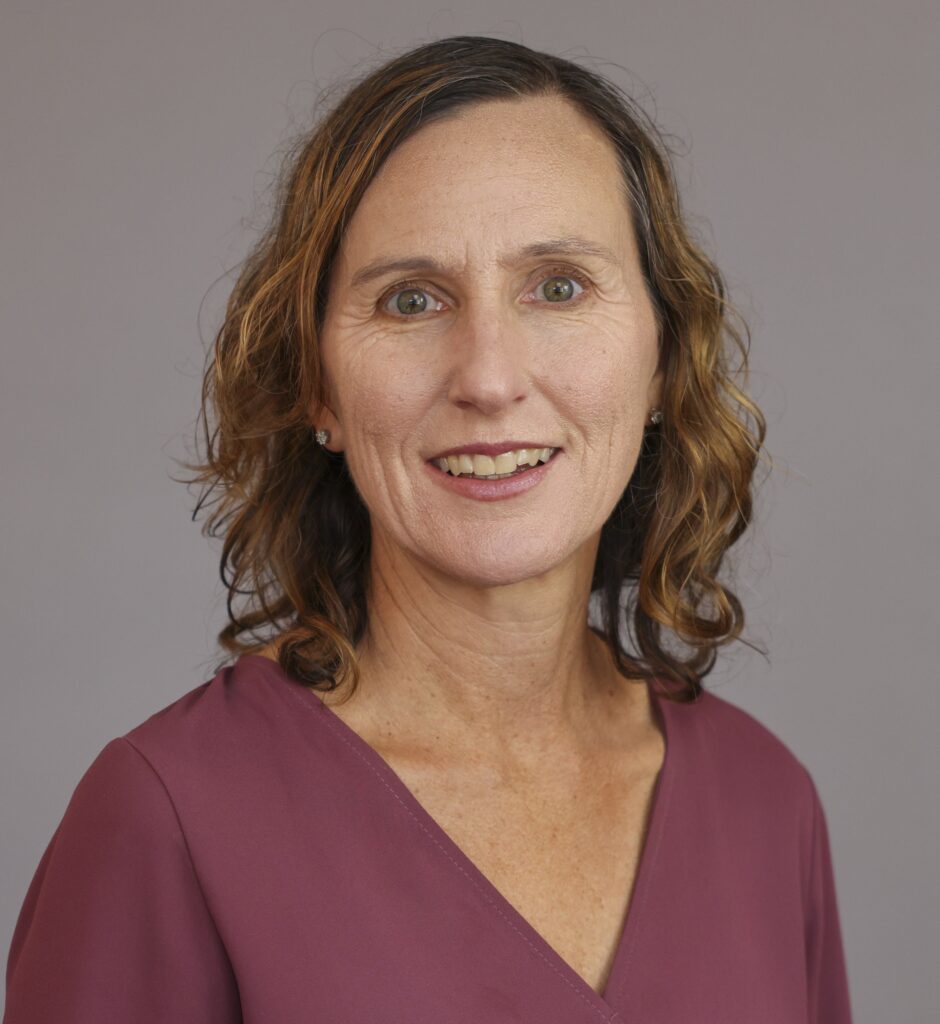
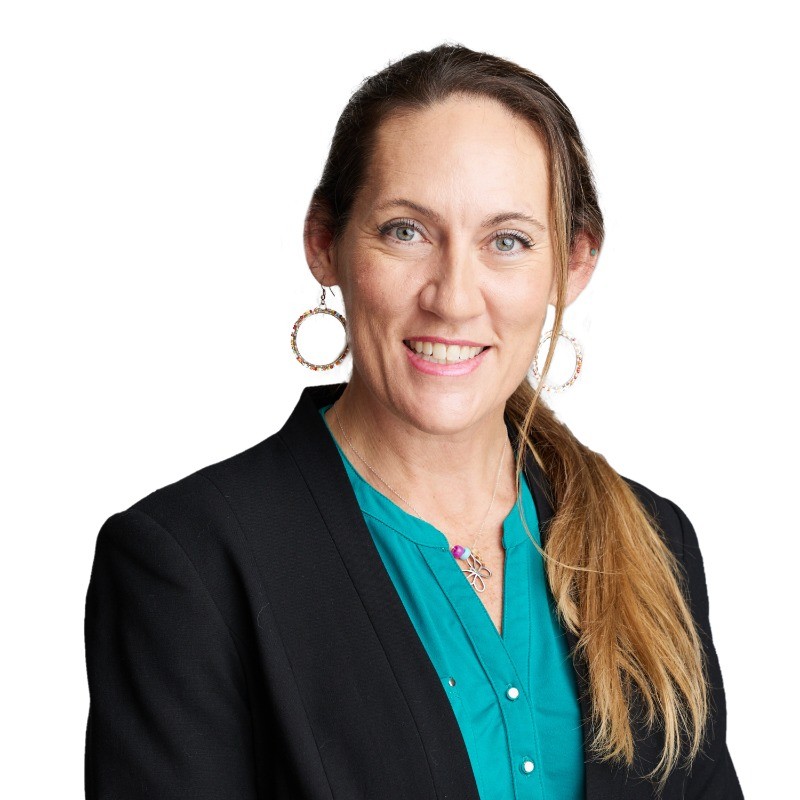
Jade Singleton, Group Lead, Resources + Industry
Western Australia
Effective collaboration starts with communication. By regularly connecting across teams and regions, we ensure the right skills are matched to the right projects — delivering better outcomes for clients and broader opportunities for our people.
A recent example involved a trip to Port Hedland for a project. Knowing another client also operates nearby, I reached out. That quick conversation led to a site visit and early input for a new proposal — maximizing value for both clients through simple, proactive collaboration.
In the mining and resources sector, this kind of thinking matters. These industries power everything from infrastructure to clean energy. Every project we deliver helps make resource extraction safer, more efficient, and more sustainable — contributing to a better world for everyone.
Meghan Cooke, Process Engineer (EIT)
Burnaby, British Columbia, Canada
For the French Creek Pollution Control Centre Stage IV Expansion Project, I work with colleagues across business lines within the Canada West region to coordinate efforts as both a Process Engineer in Training and Project Coordinator. Using tools like Autodesk Construction Cloud and Microsoft Teams, we ensure smooth communication across disciplines in this integrated project delivery (IPD) model.
The IPD model brings the contractor, client and consultant together under a poly-party agreement, encouraging collaboration and finding solutions that are best for project. Biweekly co-located meetings with all key participants — owner, design team and contractor — foster open dialogue and shared problem-solving. I help facilitate these sessions to ensure all voices are heard and aligned.
One major success has been addressing the facility’s odor control challenge — a key concern for the local community (the area is unofficially referred to as “Stench Creek”!). Through close collaboration, we’ve designed effective solutions that will improve air quality and enhance residents’ quality of life, demonstrating the power of teamwork in delivering meaningful community impact.
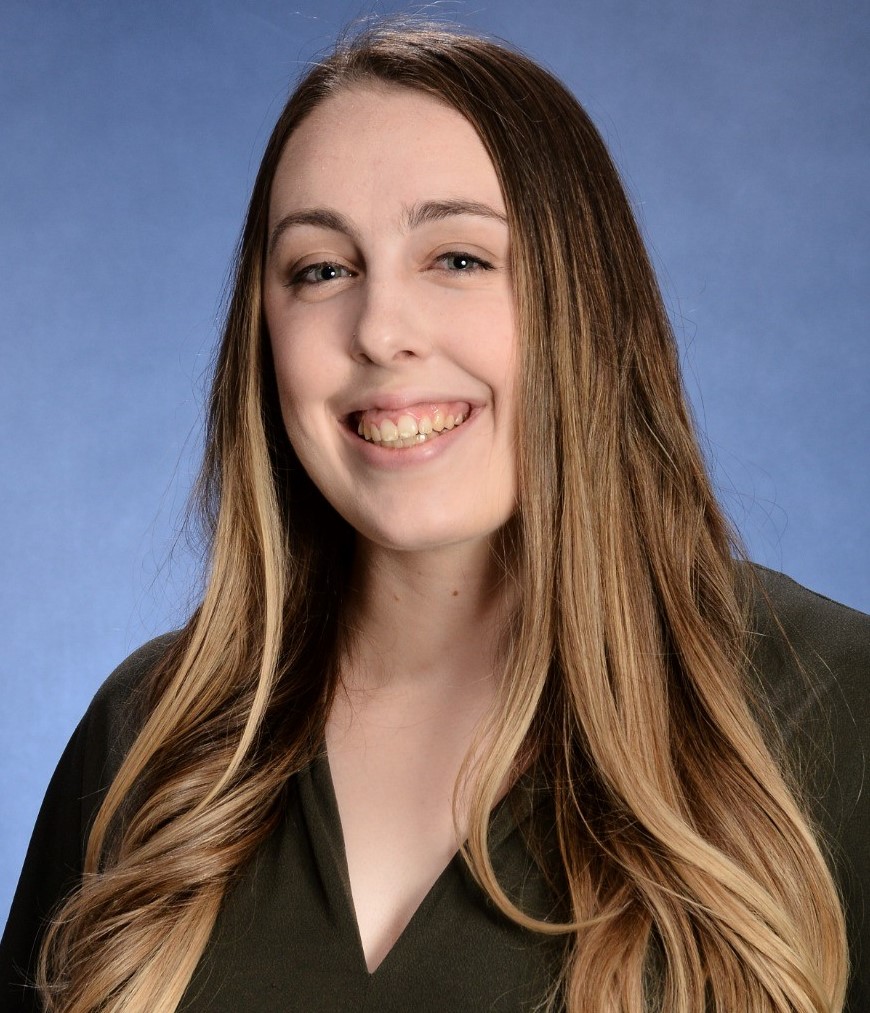

Ruby Yew, Executive Director, Water
Hong Kong
In infrastructure projects, collaboration is essential. I promote open communication across teams and regions, ensuring shared goals and respect for diverse perspectives. This approach helps us solve complex challenges efficiently and inclusively.
When unforeseen ground conditions threatened piling progress on a project, we worked closely with the client to identify a design review as the best mitigation strategy. We fast-tracked the revised design and submitted it within two days, enabling the client to secure approval from the Geotechnical Engineering Office within a week. This swift, coordinated effort helped us avoid costly delays and keep the project on track.
Another example is the Queen’s Hill public housing development in Fanling, where we faced the absence of a sewerage system. Collaborating with the Fanling North NDA and Queen’s Hill Development teams, we developed an interim sewerage scheme that cut installation time from 4.5 years to three. By integrating this with the permanent system, we not only saved time and costs but also improved energy efficiency.
Lorreta Agnew, Technical Director, Dams
New South Wales, Australia
In engineering, collaboration and communication go hand in hand. Having worked extensively in virtual environments, I’ve learned that regular, effective communication — whether through chat, video, or calls — is essential to keeping teams aligned and projects on track. Trust is equally important. Whether working with clients or colleagues, transparency and honesty build the foundation for shared success. It’s about navigating challenges together and learning from one another along the way.
A standout example is the Upper Nepean Risk Review, part of our work on large dam safety projects. I led risk management efforts, collaborating with structural, geotechnical, and geology teams, as well as clients and expert reviewers. Together, we assessed dam safety and identified critical upgrades to protect downstream communities. This project is a reminder that when we communicate openly and collaborate effectively, we don’t just deliver technical solutions — we help create safer, more resilient communities.
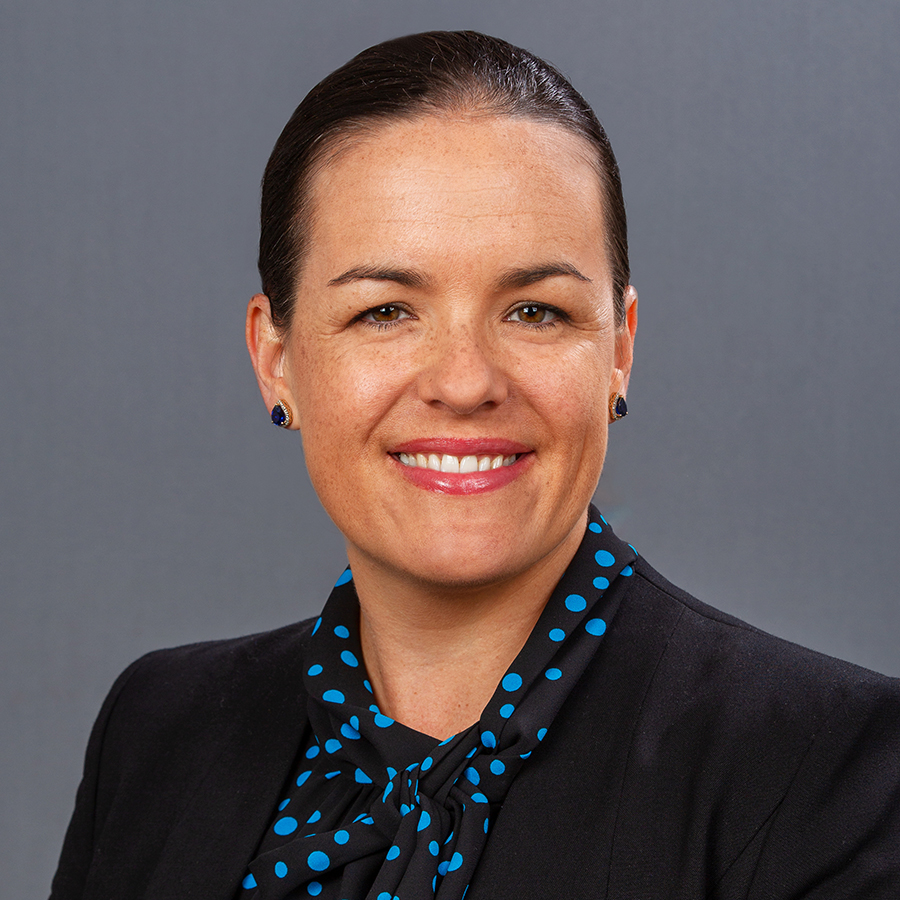
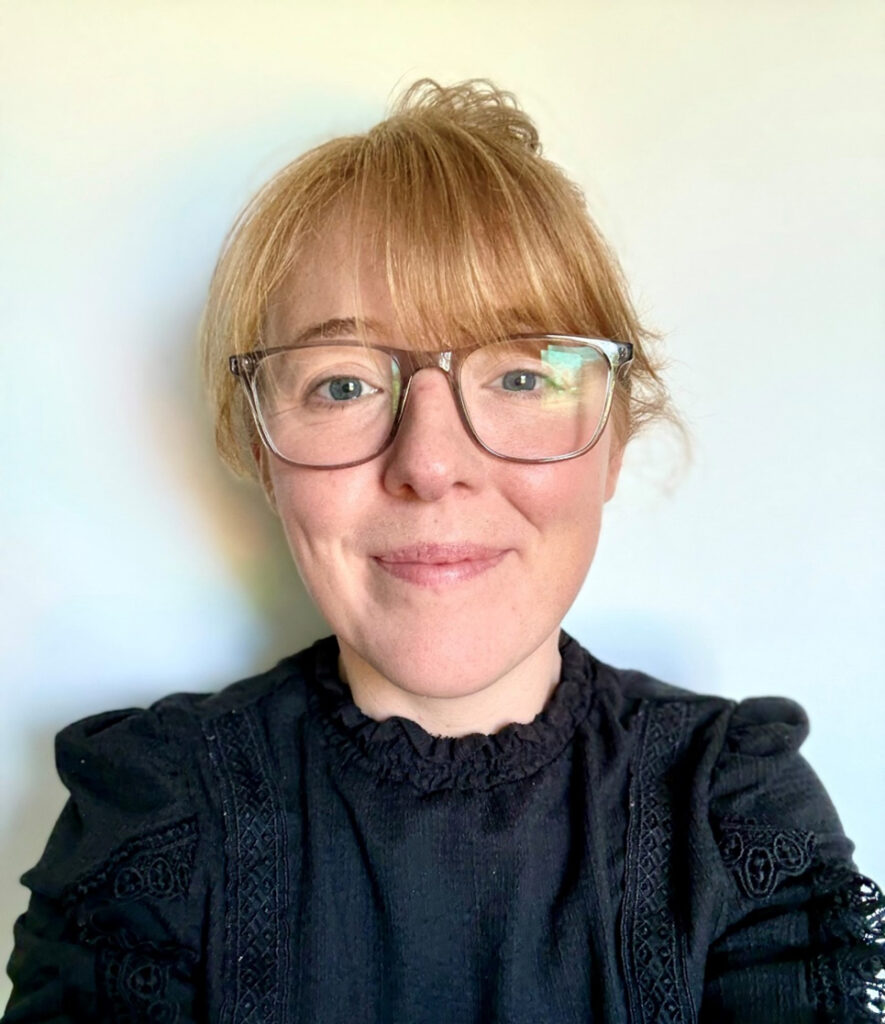
Martha Newman, Principal Engineer, Water
Basingstoke, UK
Since COVID, remote working has made it easier than ever to collaborate across regions. Based in North Wales, I regularly work with colleagues from Basingstoke to Belfast, staying connected through Teams calls and site visits. I’ve never felt more in sync with my colleagues across the country.
A great example was the Bedford to Milton Keynes Waterway Park. The client wanted a press release to announce the project, so I worked with Communications to deliver it. It was picked up by the BBC and New Civil Engineer, raising awareness of the project, the client and sparking new industry connections.
Another highlight was managing the Millmead Fish Pass with the Environment Agency. It brought together specialists from multiple disciplines and stakeholders. Hydraulic modelling helped us balance the needs of fish and eel migration with those of recreational river users. Construction is planned for this summer.
The post Together We Engineer: Celebrating Collaboration on INWED 2025 appeared first on Blog.
]]>The post People Spotlight: Meet Eric Van Orman appeared first on Blog.
]]>Eric’s lifelong passion for nature and the environment has shaped his career path. From childhood adventures like hiking and running through the woods, his appreciation for nature has only deepened. With extensive experience across various industries, including automotive, petroleum, pharmaceutical, food and beverage, steel, textiles and solid waste, Eric has integrated diverse teams spanning various engineering disciplines. As a result, he proudly calls himself a ‘Jack of all trades.’ His ability to collaborate with diverse teams and adapt to different roles makes him a versatile and invaluable asset.
Currently Eric is working on a number of landfill leachate management and treatment projects, a direct lithium extraction (DLE) front-end loading design (FEL-2) and wastewater upgrades at a nutritional supplement manufacturer. Whether working on engineering or environmental aspects of these diverse projects, Eric’s dedication to preserving the environment and his love for the outdoors continue to inspire his work and life.
Tell us about what inspired you to join the industry
As a child, I loved taking things apart to see how they worked and then putting them back together. Usually, I was successful, and they still worked. This interest along with my love for nature encouraged me to pursue a career in engineering, with a particular focus on water-related fields.
During my graduate studies, I conducted extensive research on Onondaga Lake in Syracuse, New York, which is often identified as one of the most polluted lakes in the United States. My research focused on the release of phosphorus from sediments, which leads to algal blooms among other related concerns. The excessive phosphorus and other hazardous substances (such as mercury, lead, cadmium, chromium, nickel, benzene, and pesticides) present in Onondaga Lake were due to historical industrial pollution.
This experience, over 30 years ago, laid the foundation for my career during which I’ve combined my mechanical curiosity about how things work (engineering and manufacturing) with my passion for nature and environmental protection. Ultimately, I found a fulfilling career in engineering that aligns with both my technical interests and my commitment to preserving the environment.
This experience, over 30 years ago, laid the foundation for my career during which I’ve combined my mechanical curiosity about how things work (engineering and manufacturing) with my passion for nature and environmental protection.
What is your favorite AECOM project that you’ve worked on and why?
For the past 17-18 years at AECOM, I have been working with a nutritional supplement firm in West Michigan, primarily focusing on their wastewater facility. Increased manufacturing facility production and changing wastewater streams put stress on the wastewater treatment facility. This requires continual reevaluation, improvements and upgrades to the wastewater systems to ensure environmental compliance. The current treatment process includes equalization of high strength wastewater followed by dissolved air flotation (DAF), biological treatment, clarification, filtration and UV disinfection prior to a surface water discharge.
Over the years, I’ve collaborated with many of the client’s staff, becoming a steadfast presence and a vital repository of institutional knowledge. My extensive experience has empowered me to support the current team in planning and implementing system upgrades and process improvements. By leveraging my deep understanding of the client’s wastewater treatment system and operations, I’ve helped ensure the ongoing efficiency and effectiveness of their wastewater management.
Over the years, I’ve collaborated with many of the client’s staff, becoming a steadfast presence and a vital repository of institutional knowledge. My extensive experience has empowered me to support the current team in planning and implementing system upgrades and process improvements.
Tell us a story of how your work positively impacted the community.
One of the main products of this West Michigan-based nutritional supplement company is infant formula. During the early months of the COVID-19 pandemic, when West Michigan was largely shut down, I was responsible for an ongoing project at this facility that needed to be completed. Since the production of infant formula was deemed essential, the facility was allowed to continue operating.
I vividly remember those days, driving to the facility daily to oversee the construction of a new wastewater equalization tank. The typically very busy highways were almost empty, but our work had to continue to ensure the uninterrupted production of this essential product. This experience stands out to me as a significant effort to keep things moving and support the essential needs of people during a challenging time.
I vividly remember those days, driving to the facility daily to oversee the construction of a new wastewater equalization tank. The typically very busy highways were almost empty, but our work had to continue to ensure the uninterrupted production of this essential product.
Share a piece of career advice.
Don’t be afraid to try new things. Every experience is a learning opportunity, and you never know where it might lead you or how it could shape your career.
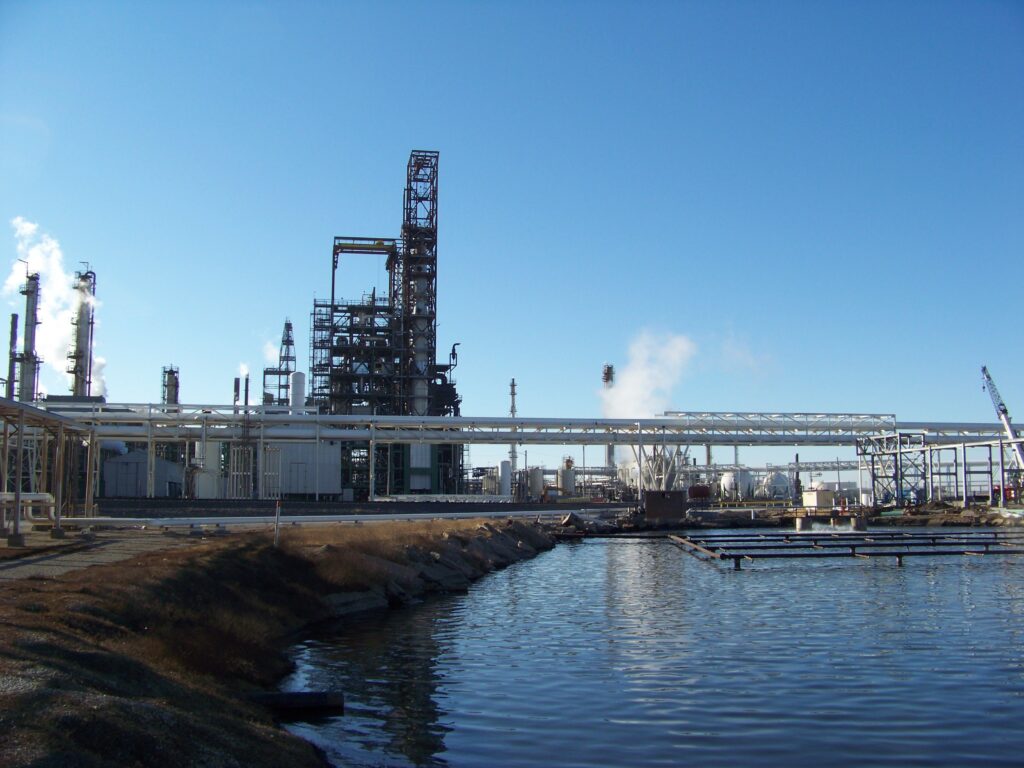
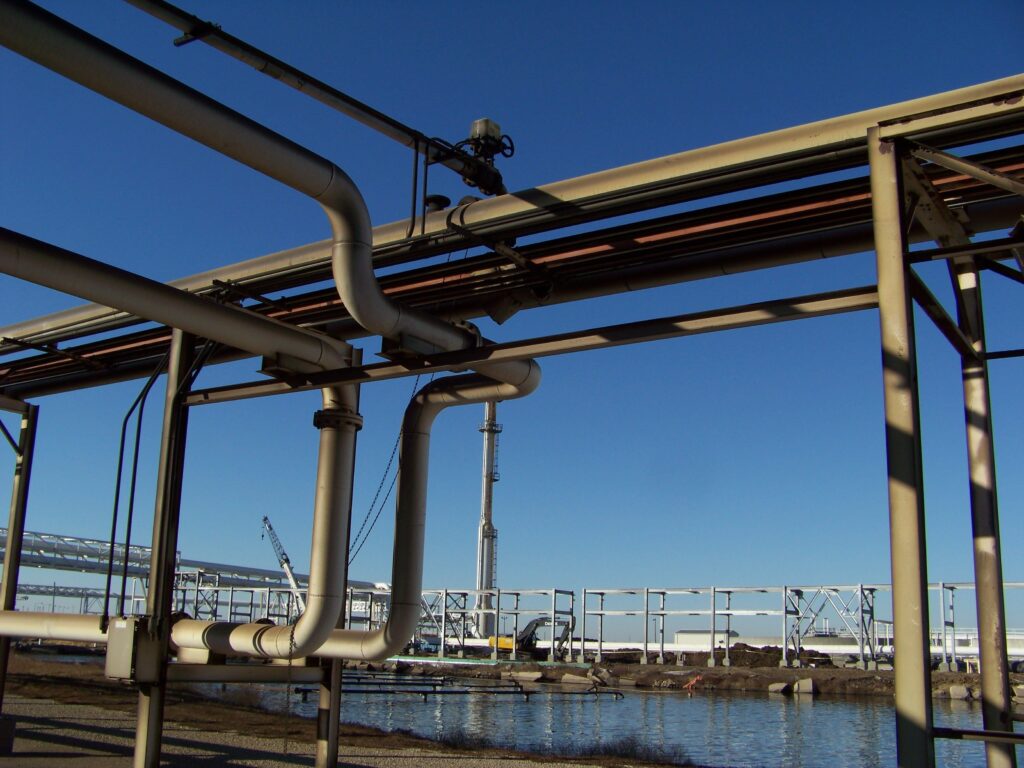
The post People Spotlight: Meet Eric Van Orman appeared first on Blog.
]]>The post Unlocking Ireland’s future: Why programmatic thinking is the key to sustainable infrastructure appeared first on Blog.
]]>At the launch of the Ireland Annual Review 2025 back in January, I had the privilege of joining a panel of industry experts to discuss the future of infrastructure in Ireland. The conversation spanned housing, real estate, transport, energy, healthcare and water.
It was good to see the water sector included in the conversation. Water is fundamental to every aspect of economic and social progress. Without it, there is no housing expansion, no industrial growth, and no way to sustain a thriving population. We often say that economic growth is thirsty work, and it is good to see that Ireland recognizes that investing in resilient, future-proof water infrastructure is just as important as building roads, rail and housing.
But water is just one piece of a much larger puzzle. What I see happening in Ireland today — just as I have seen in many other parts of the world — is an urgent need for a shift in how we approach infrastructure delivery. The key to solving the challenges ahead is embracing programmatic thinking — an approach that moves beyond isolated projects and instead delivers infrastructure in a strategic, coordinated and efficient way.
What programmatic thinking really means
For too long, infrastructure delivery has been fragmented, with different agencies and sectors working in silos. In many cases, projects that should be connected — such as housing developments, water supply systems and transport networks — are planned and executed independently. This lack of coordination not only drives up costs but also leads to inefficiencies, delays and missed opportunities.
Programmatic thinking changes that. As we explain in this year’s report, it is not just about delivering a collection of projects; it is about delivering a vision of success. It allows us to:
- Maximise efficiency by leveraging economies of scale and reducing duplication.
- Attract international expertise by creating a clear and reliable pipeline of work.
- Accelerate delivery by streamlining procurement and approval processes.
- Ensure long-term sustainability by designing infrastructure that meets future needs, not just today’s.
In my experience working across the globe, the most successful infrastructure programs have been those that break down silos and bring together multiple sectors. In Los Angeles, for example, we have seen transport, healthcare, water management and urban development integrated under a single strategic framework. Instead of competing for resources and attention, different agencies work collaboratively, resulting in faster, more effective project delivery.
These large programs present a unique opportunity to drive meaningful change across our communities. To maximize their impact, they must be integrated, leveraging their scale to attract investment, talent and innovation — ultimately strengthening the economy and supporting national growth. This is why complex programs require cohesive, strategic leadership, ensuring alignment across sectors and delivering long-term benefits for all.
Ireland’s unique opportunity
Ireland is at a critical juncture. Unlike many other nations struggling with infrastructure deficits, Ireland has a rare combination of strong economic growth, budget surpluses and a growing population. The country has the ability — and the resources — to invest in infrastructure strategically, rather than reactively.
However, to fully capitalize on this opportunity, Ireland needs to provide certainty and commitment. As I emphasised at the event, international infrastructure firms and investors are watching closely. They need to see long-term stability in government policies, clear pipelines of work, and a commitment to follow through on major projects. Without that, the best talent and resources will go elsewhere.
This is especially true in the water sector. While Ireland is a water-rich nation, the supply is not always where it is needed most. Climate change is adding new pressures, with more frequent flooding in some areas and water scarcity in others. These challenges cannot be solved with short-term fixes. They require a comprehensive, programmatic approach that prioritises resilience, efficiency and sustainability.
The supply chain challenge — and how to fix it
One of the most pressing concerns in infrastructure delivery today is the strain on the global supply chain. This is not just about materials — it is also about people, skills and expertise.
Ireland, like much of the world, faces a significant shortage of skilled workers in engineering, construction and infrastructure management. This is a challenge that could impact the pace and cost of delivery if not addressed proactively.
At the event, I spoke about how infrastructure investment is happening everywhere — from the United Kingdom’s AMP8 water investment program to Australia’s massive transport projects and the United States’ historic infrastructure bill. This means that the best talent and global contractors have options.
In my experience, programs that overcome the issues around supply chain are the most successful. If Ireland wants to attract top-tier firms and expertise, it needs to become the location of choice by offering:
- A clear, long-term pipeline of work to give companies confidence in investing here.
- Efficient procurement and approval processes to avoid unnecessary delays.
- A collaborative contracting environment that fosters shared risk and shared reward.
- Commitment to workforce development — building talent at home while also attracting international expertise.
We also need to rethink traditional working models. In this new digital age, we do not need to rely solely on in-person expertise. Many aspects of infrastructure planning and design can be done remotely.
One of the most effective examples of this has come from Uisce Éireann (Irish Water), which has successfully opened its doors to global expertise and leveraged international talent to support local delivery. This model demonstrates how organizations can broaden their talent pool and ensure that vital infrastructure projects move forward efficiently.
Collaboration is key
Another major takeaway from the discussion was the need for collaboration across all levels of infrastructure planning and delivery. The projects we develop today are far more complex and interconnected than they were in the past. A new housing development is not just about homes — it is about water supply, transport access, energy efficiency and climate resilience.
To get this right, we need a unified strategy that brings together all key stakeholders — government agencies, private sector partners and global experts. We need to create shared success metrics, where everyone, from designers to contractors, is working towards the same vision. And most importantly, we need to commit to long-term thinking rather than short-term political cycles.
This is exactly the approach that has worked in other global infrastructure programs, such as in Los Angeles. These collaborations did not happen by accident — they were intentional, strategic and focused on the bigger picture.
A once-in-a-generation moment
What excites me most about Ireland’s future is that the potential is enormous. The country has the resources, the ambition and the opportunity to become a global leader in sustainable, strategic infrastructure delivery.
But to do that, Ireland must embrace programmatic thinking, commit to long-term planning, and foster a culture of collaboration over competition. It is time to move beyond the old, fragmented approach and build an infrastructure system that works as a whole, not just in pieces.
A programmatic approach is not one that just delivers a project, it delivers a vision of success. The vision for success in Ireland is going to be underpinning of economic growth and success in providing housing for a growing population.
This is Ireland’s once-in-a-generation moment to create an infrastructure model that will serve its people for decades to come. The question now is — will we seize it?
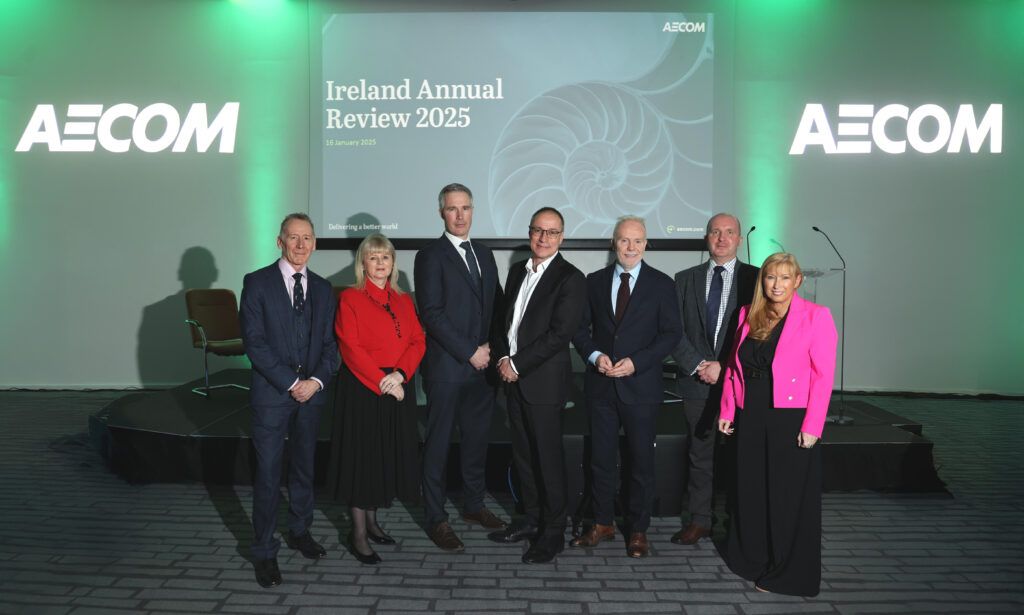
Read this article to learn more about the increasingly successful application of programmatic principles across the island of Ireland.
The post Unlocking Ireland’s future: Why programmatic thinking is the key to sustainable infrastructure appeared first on Blog.
]]>